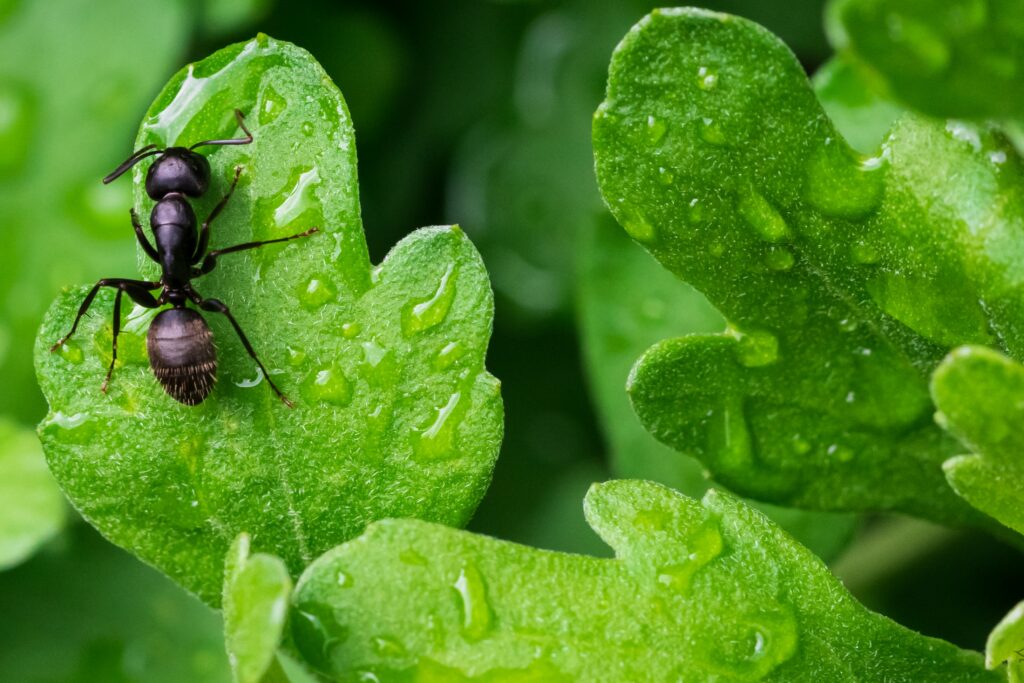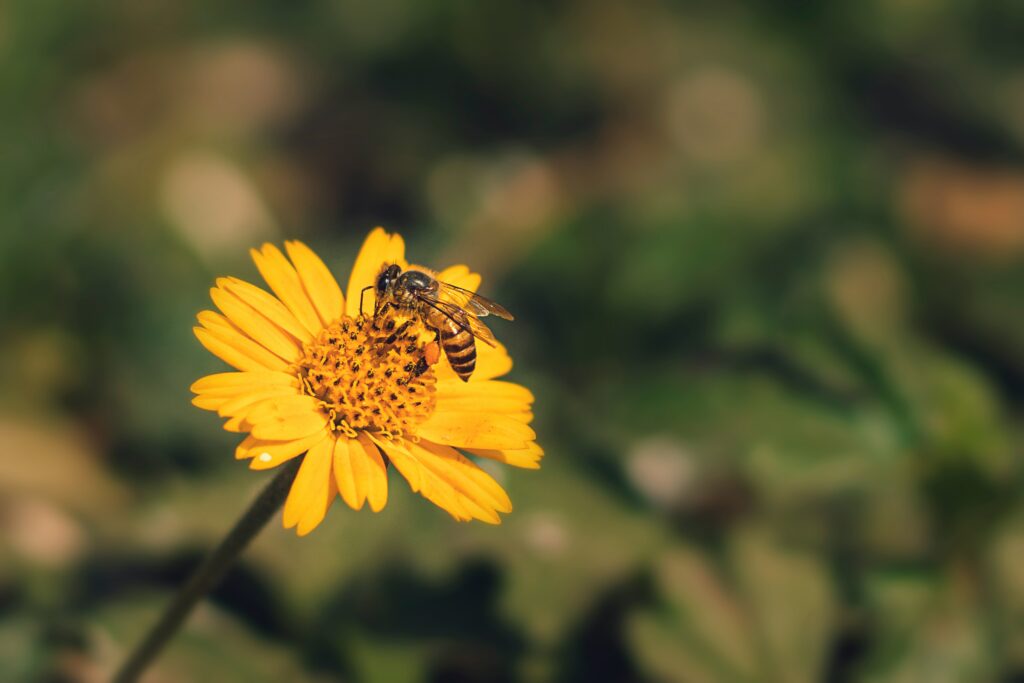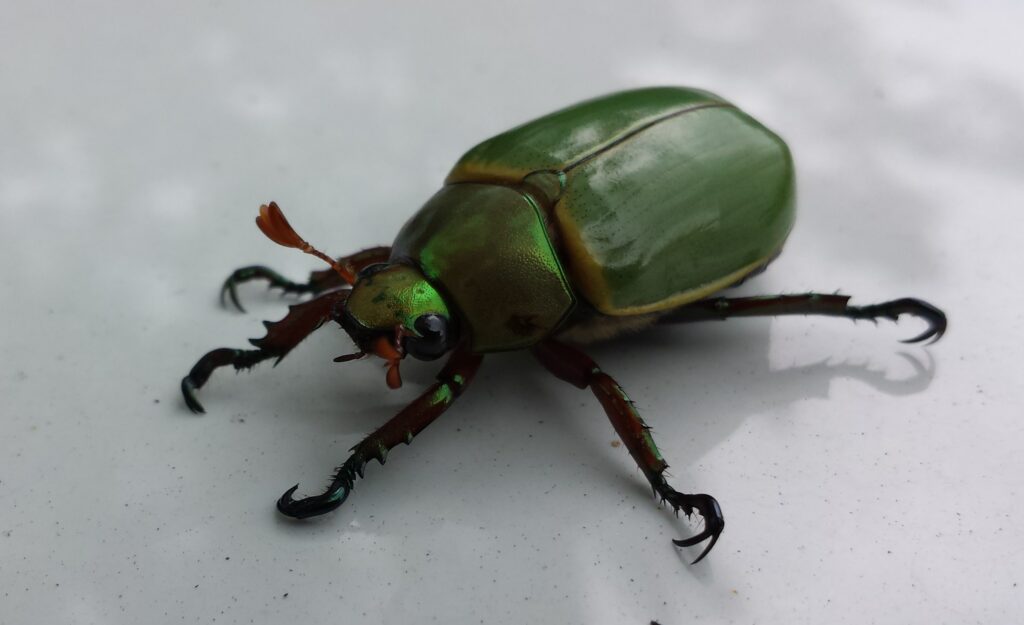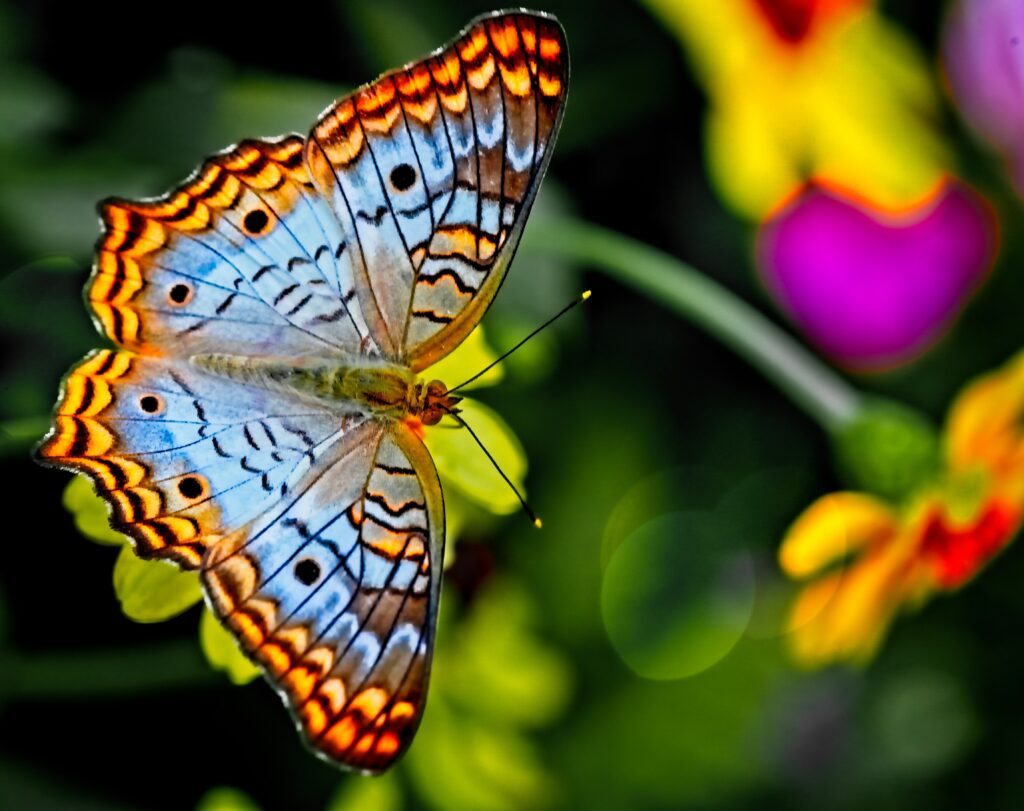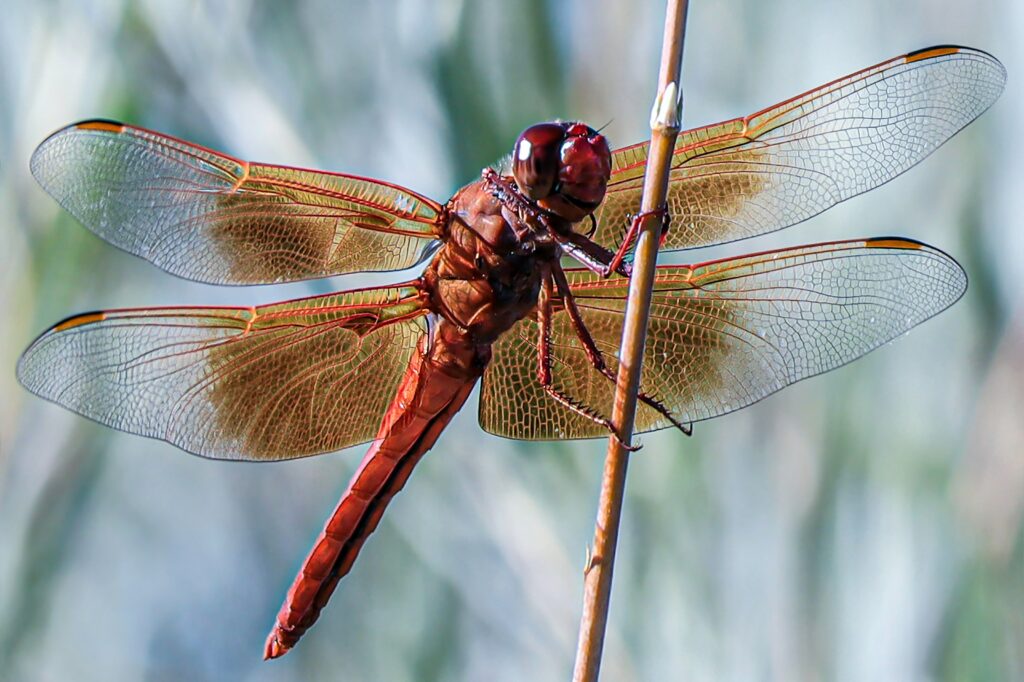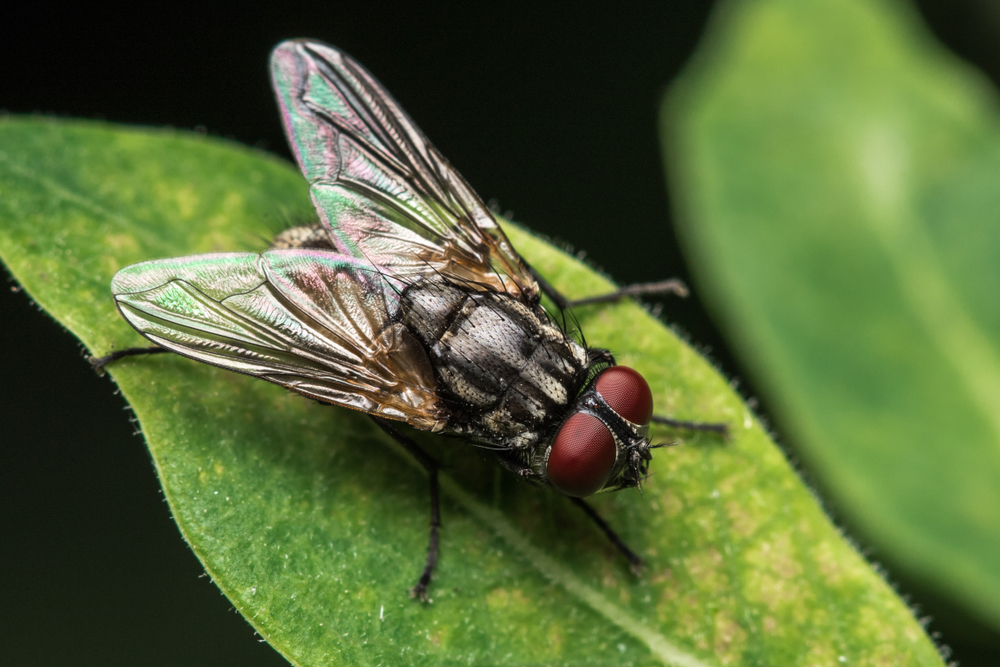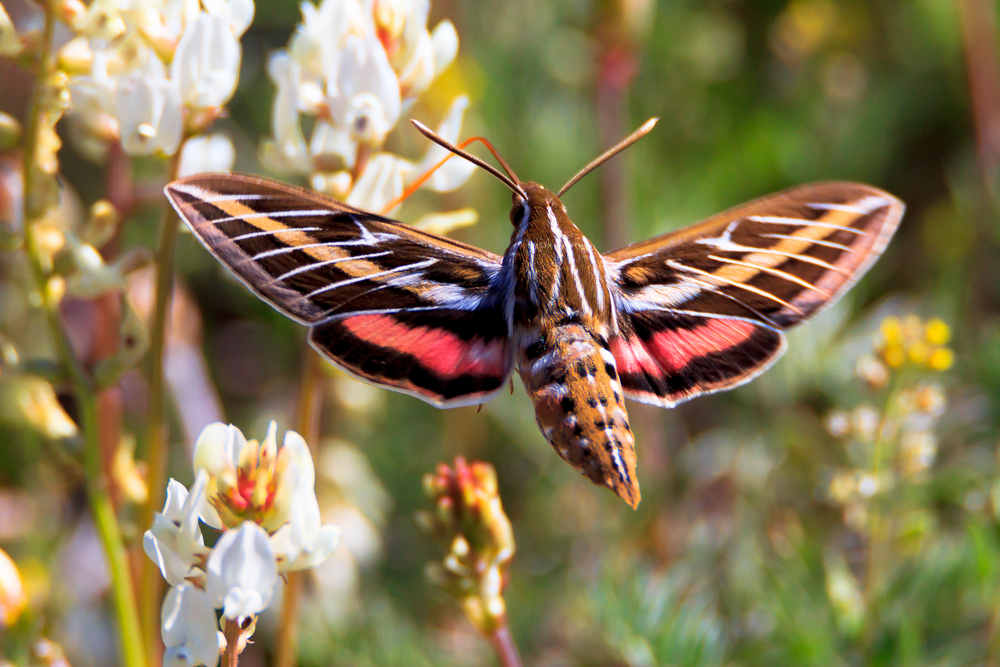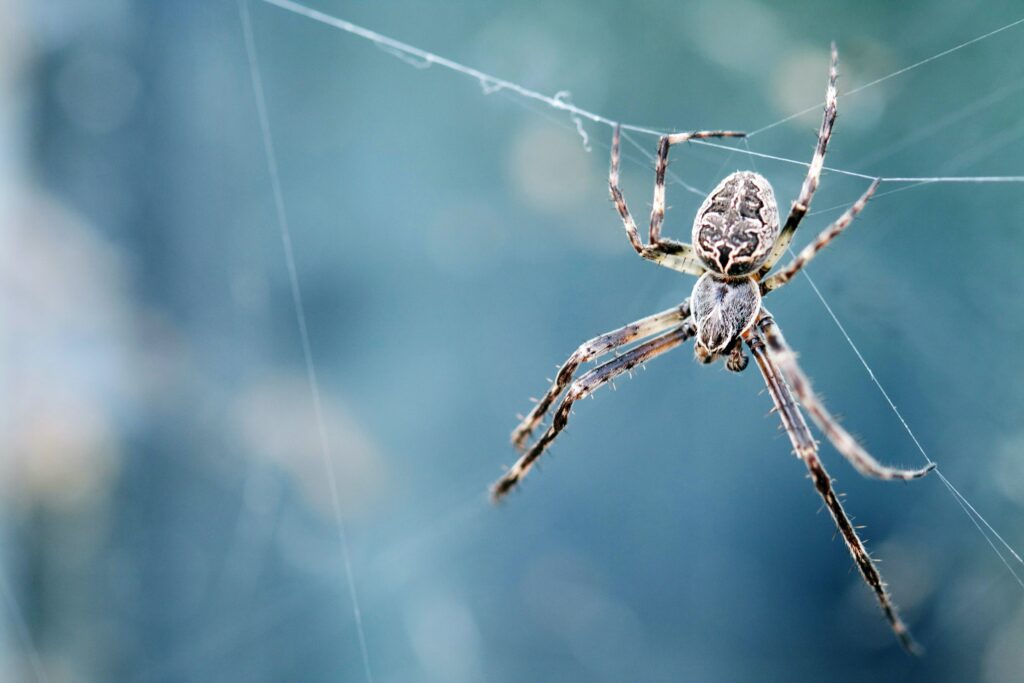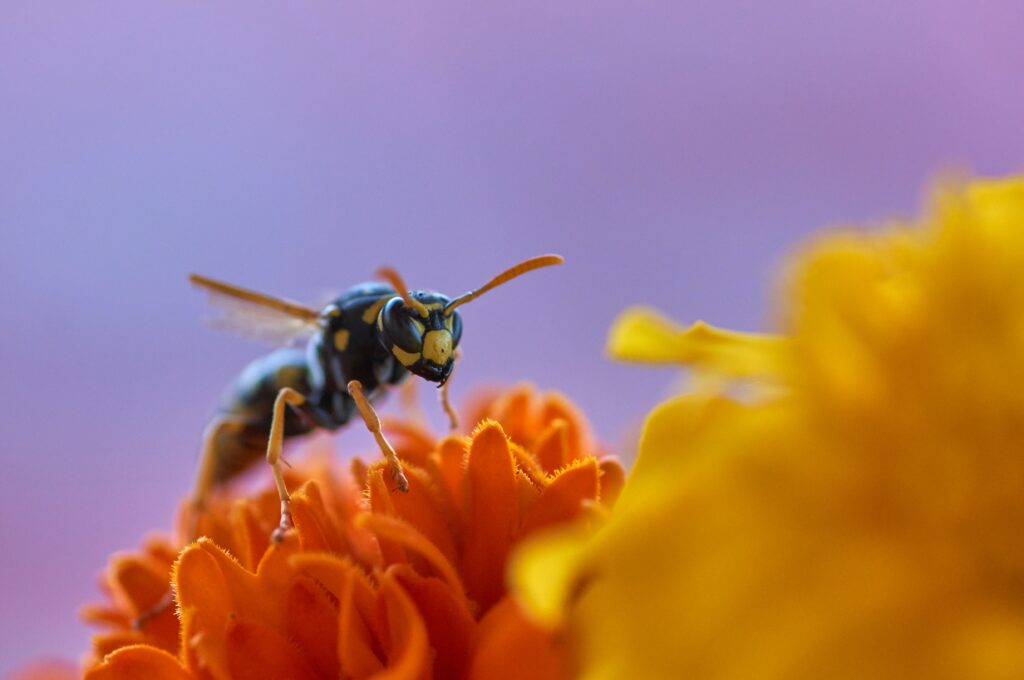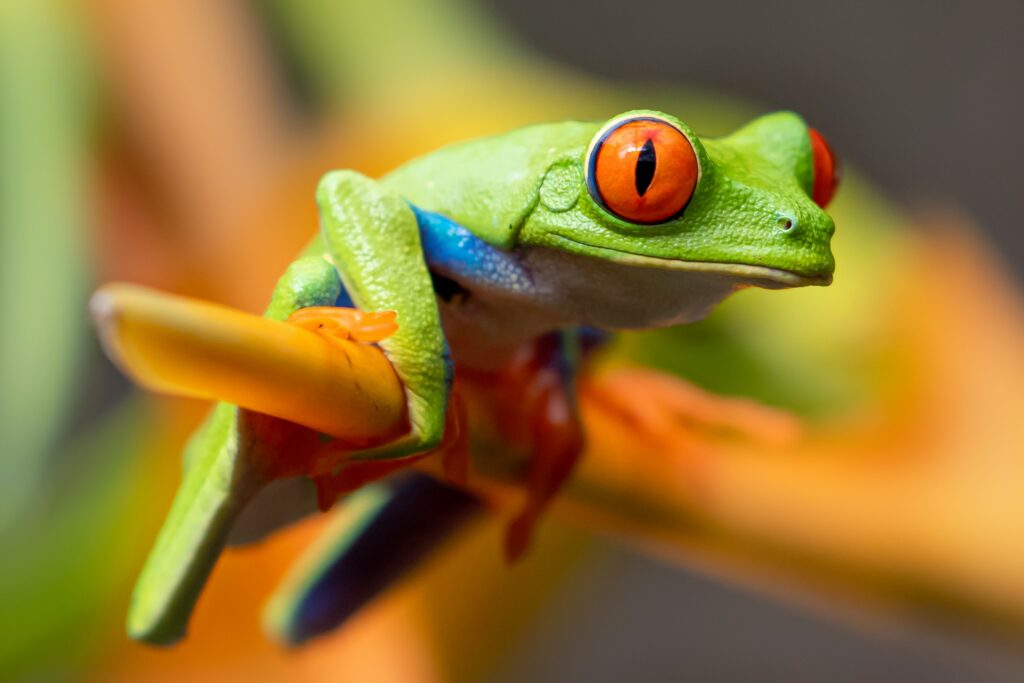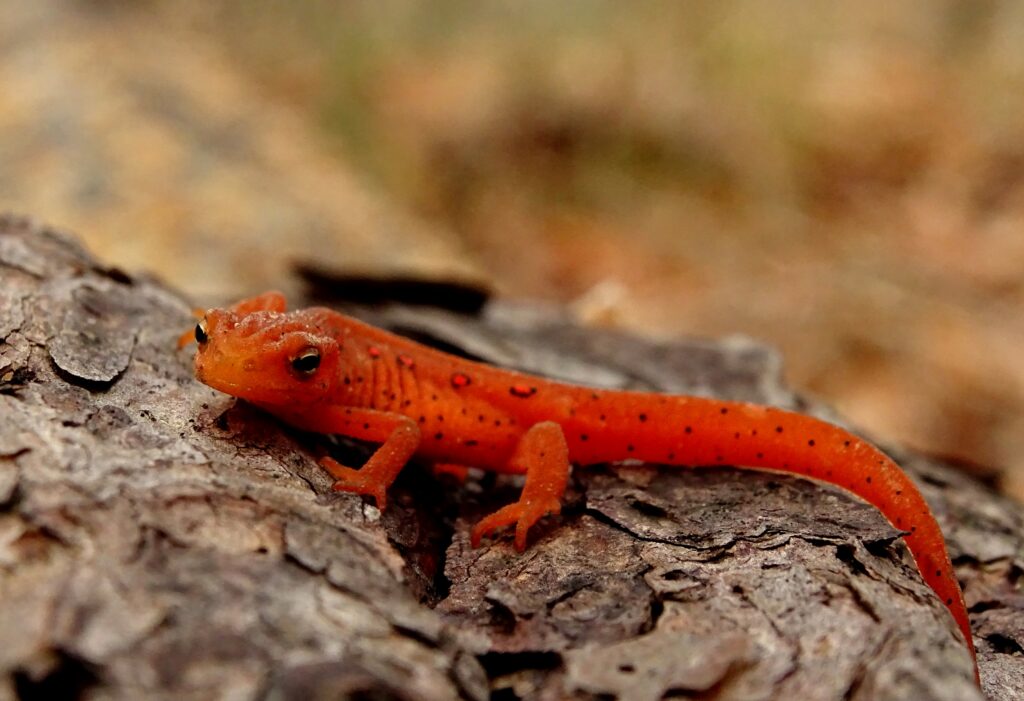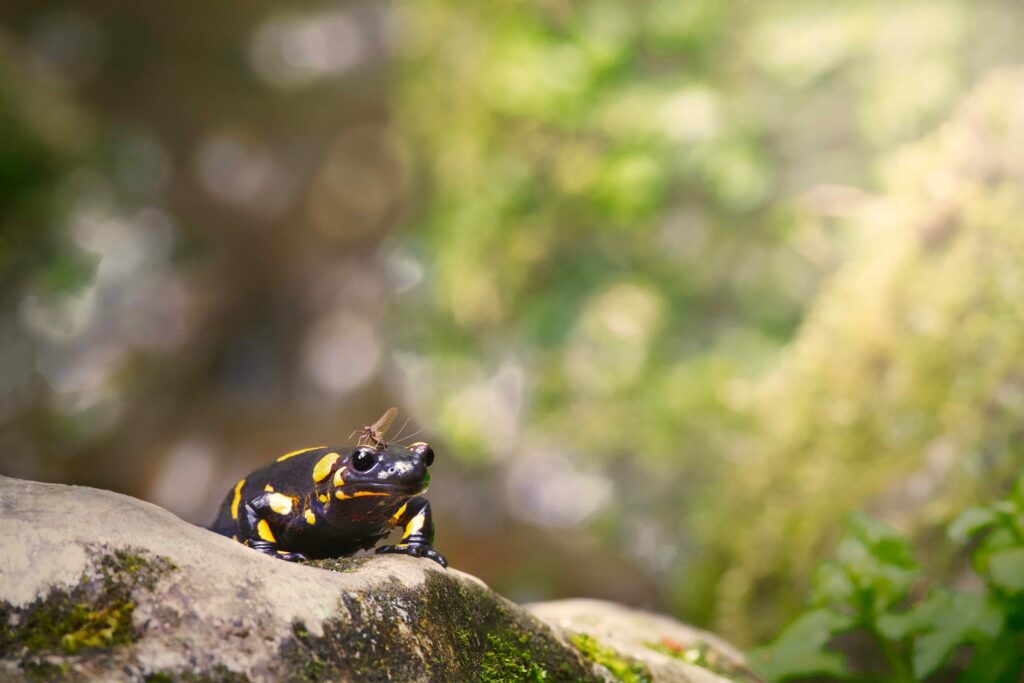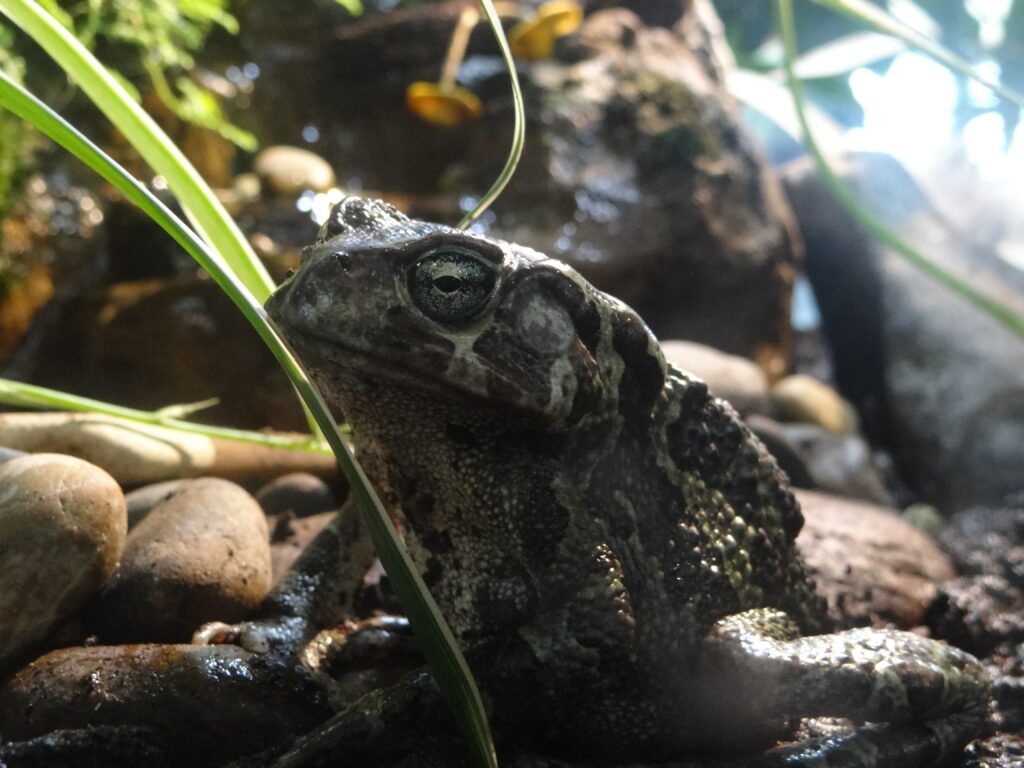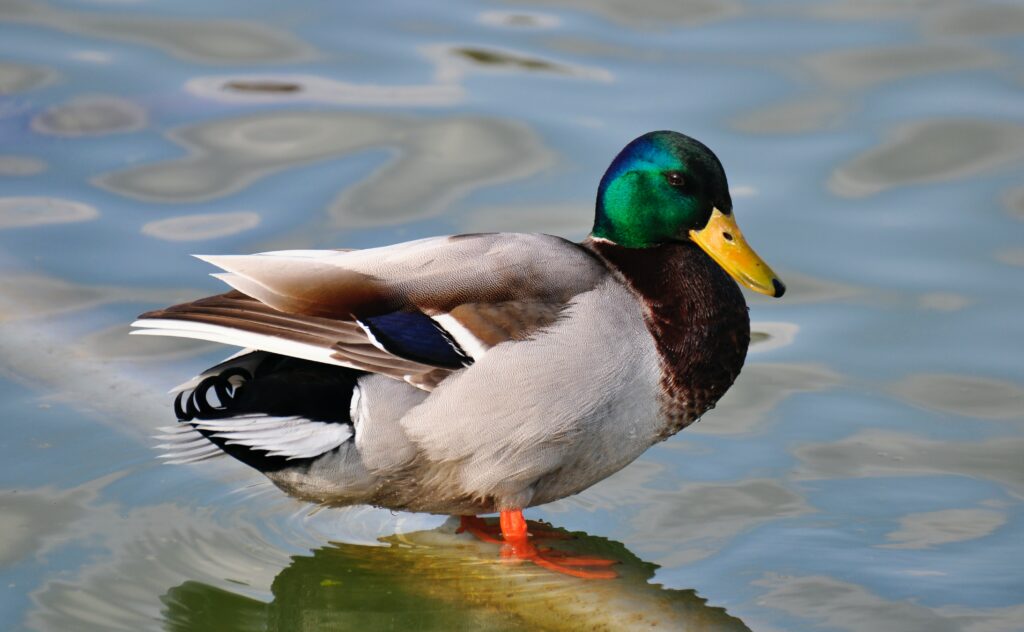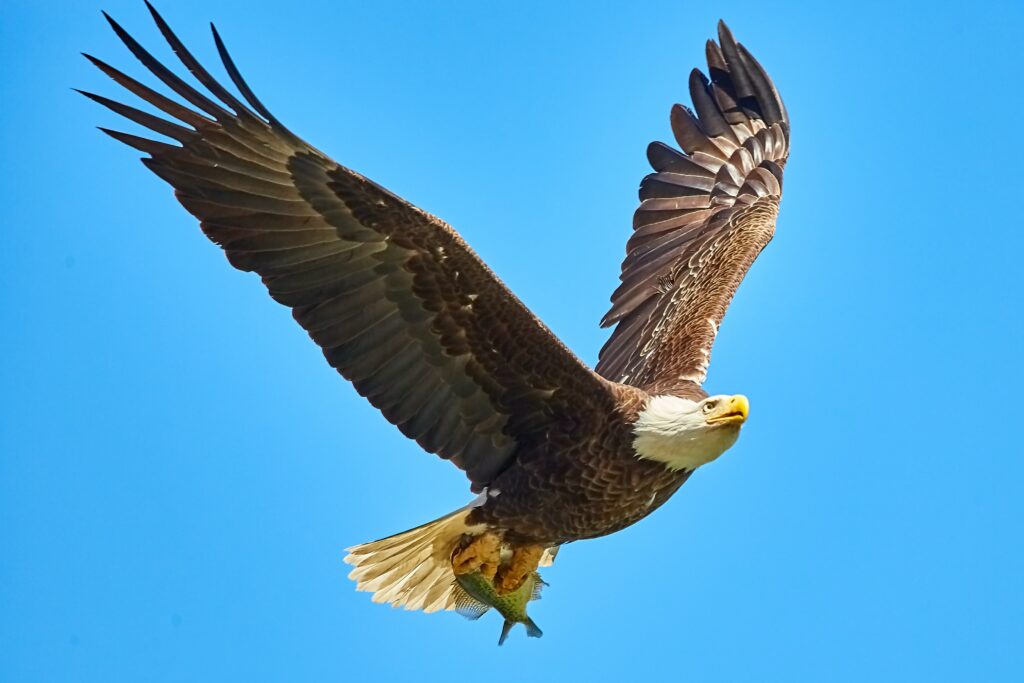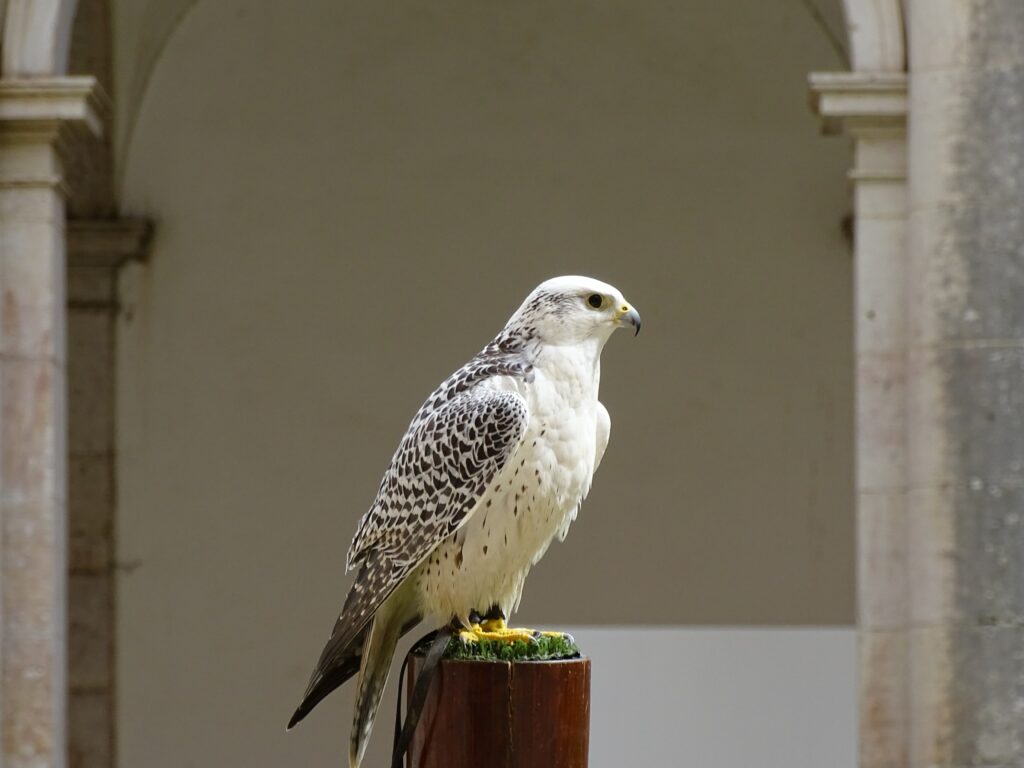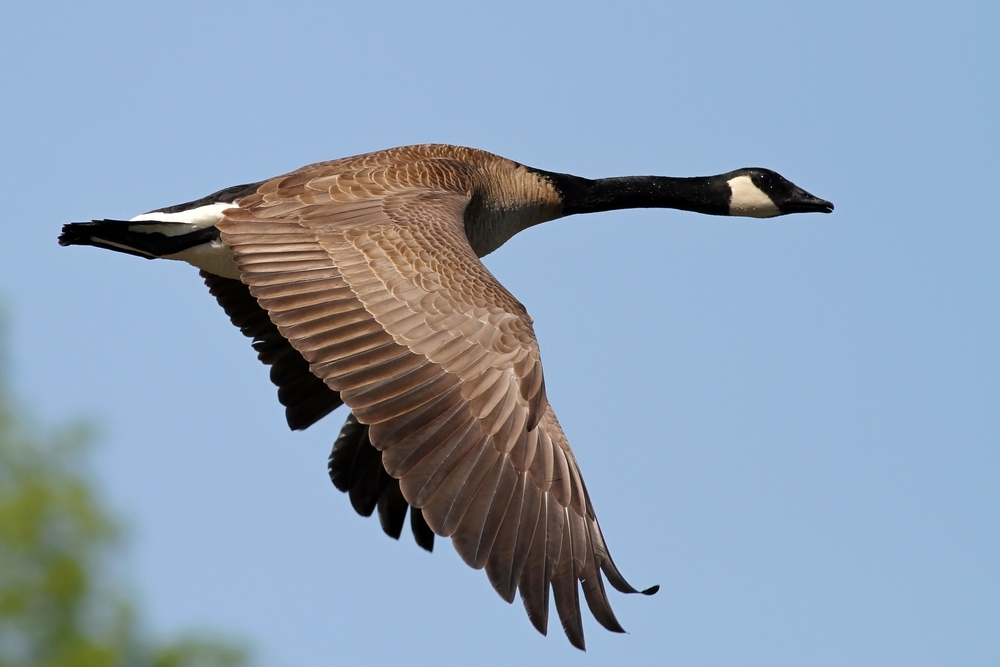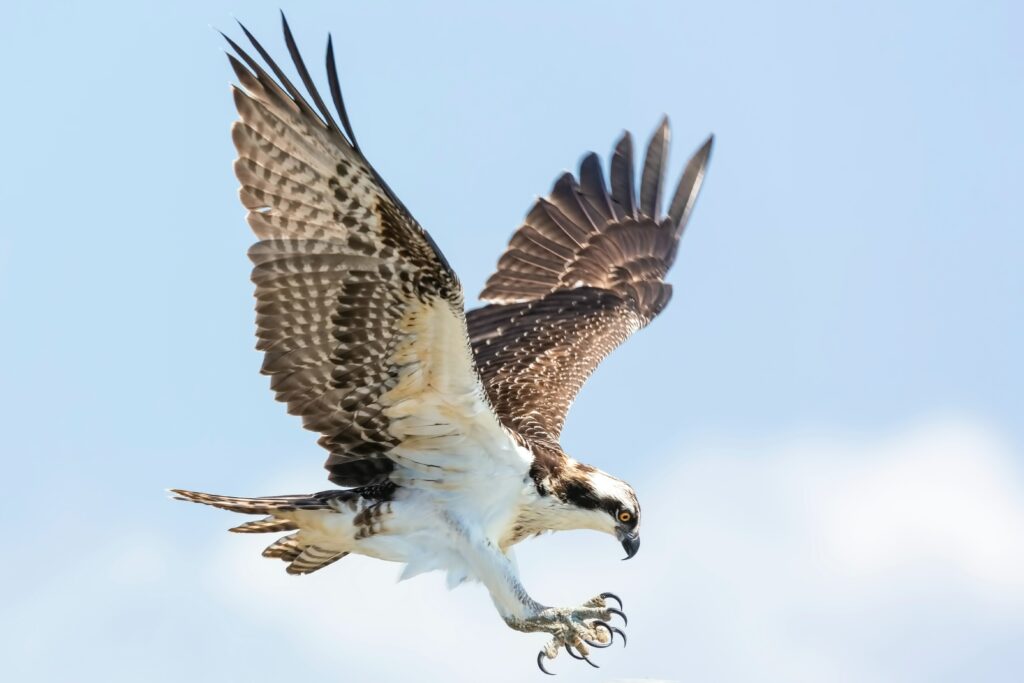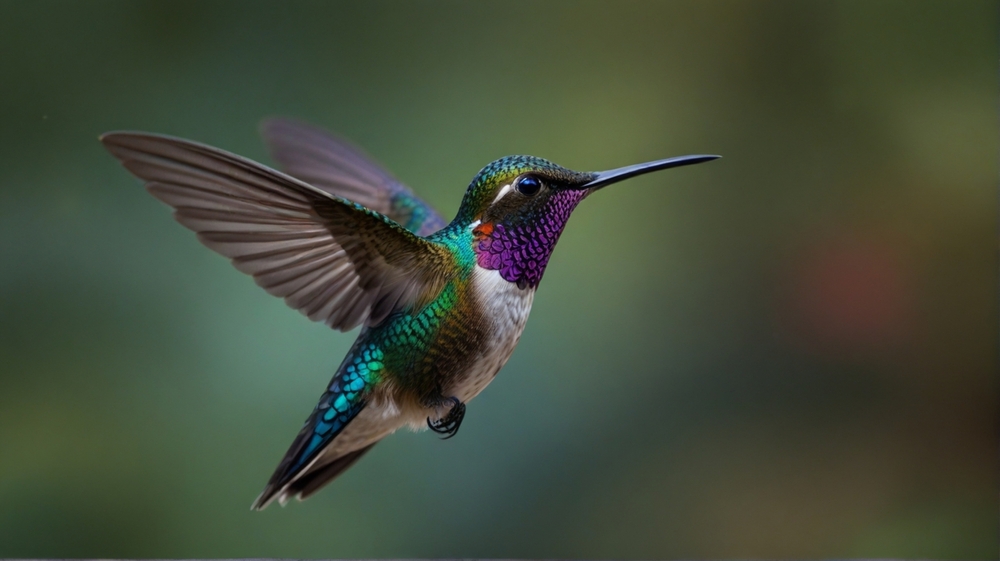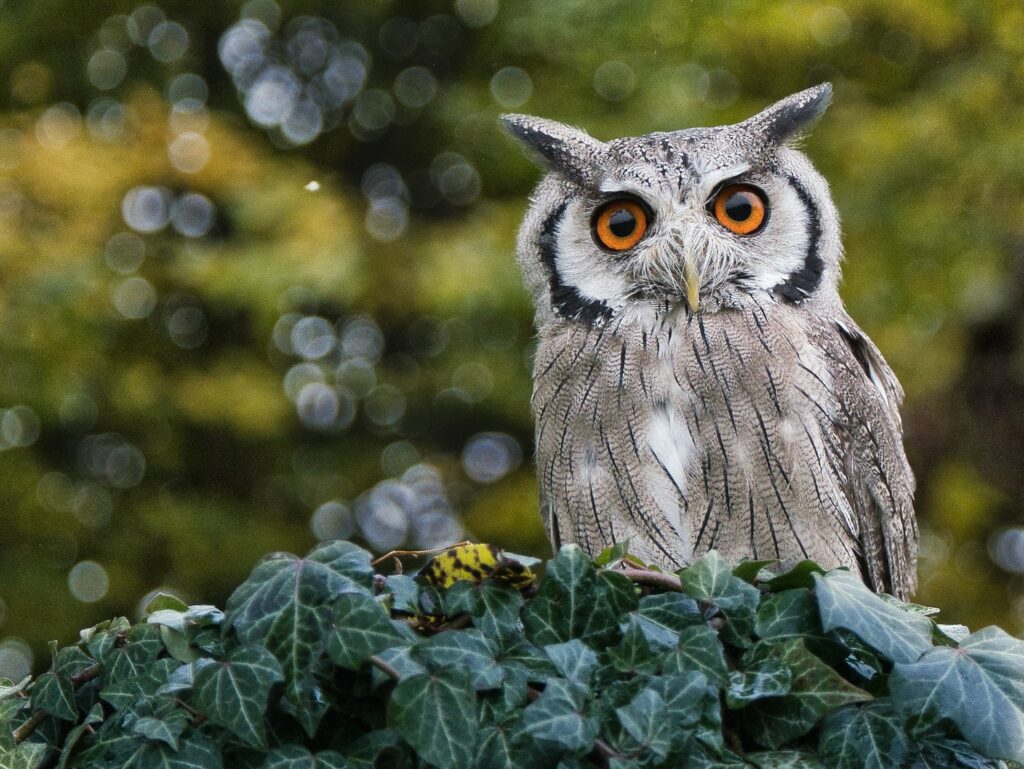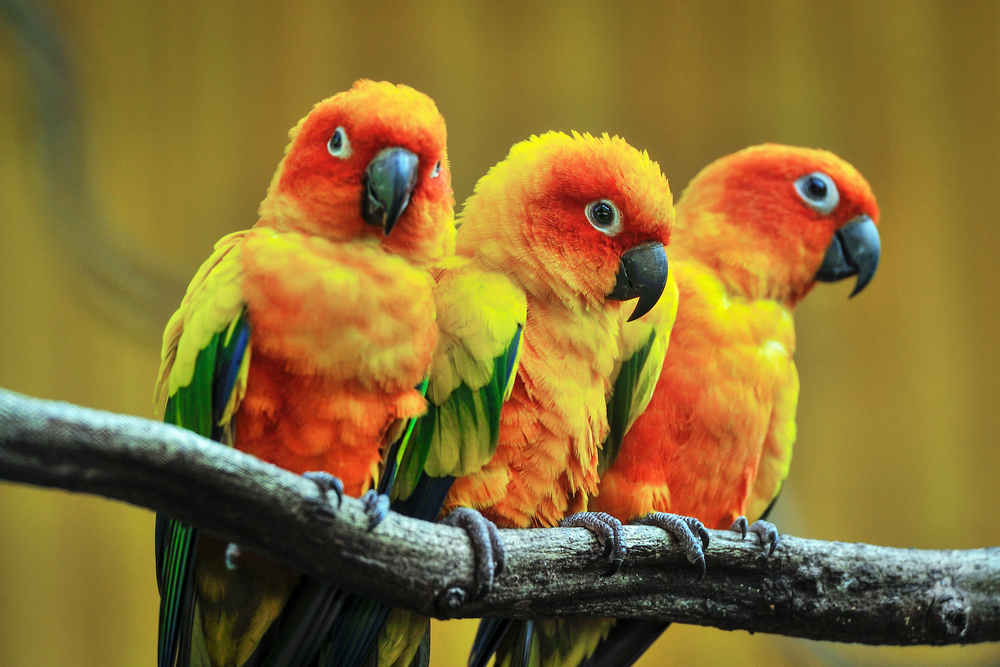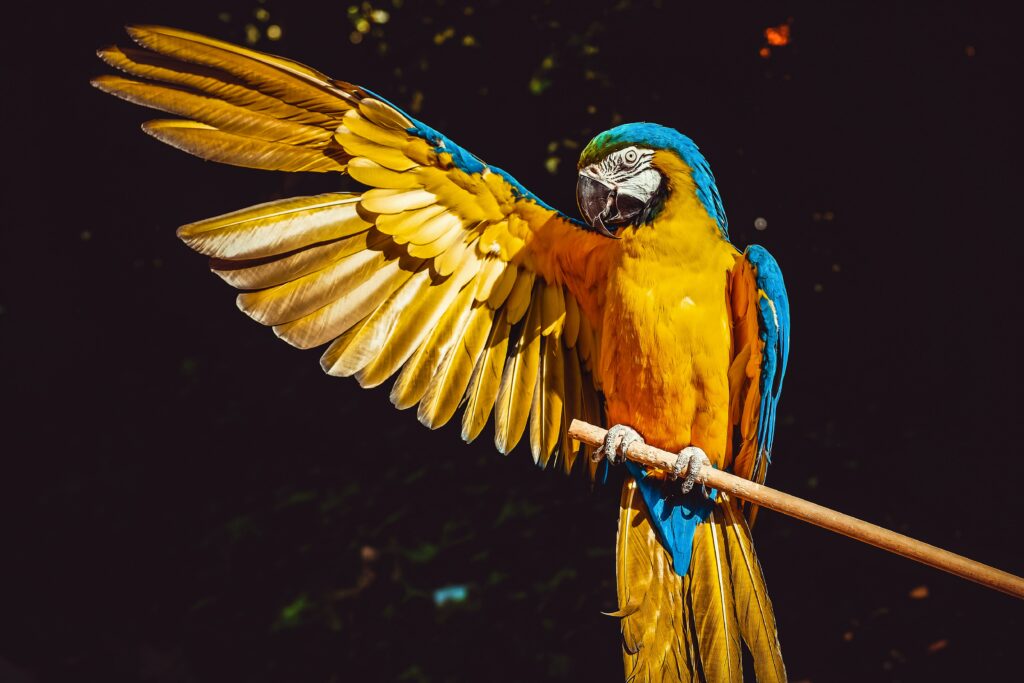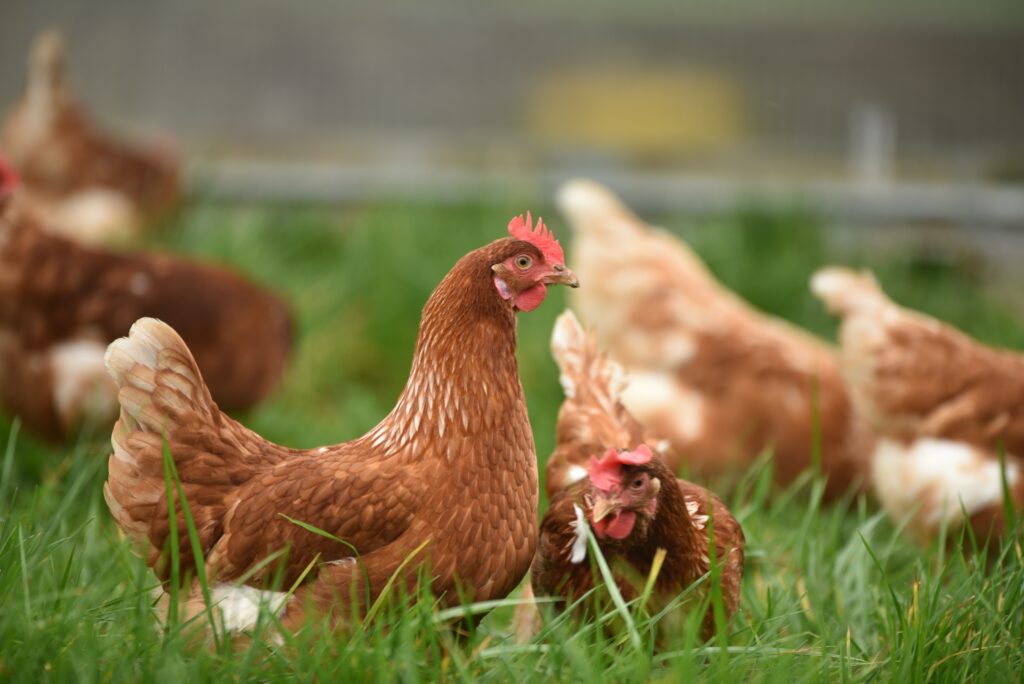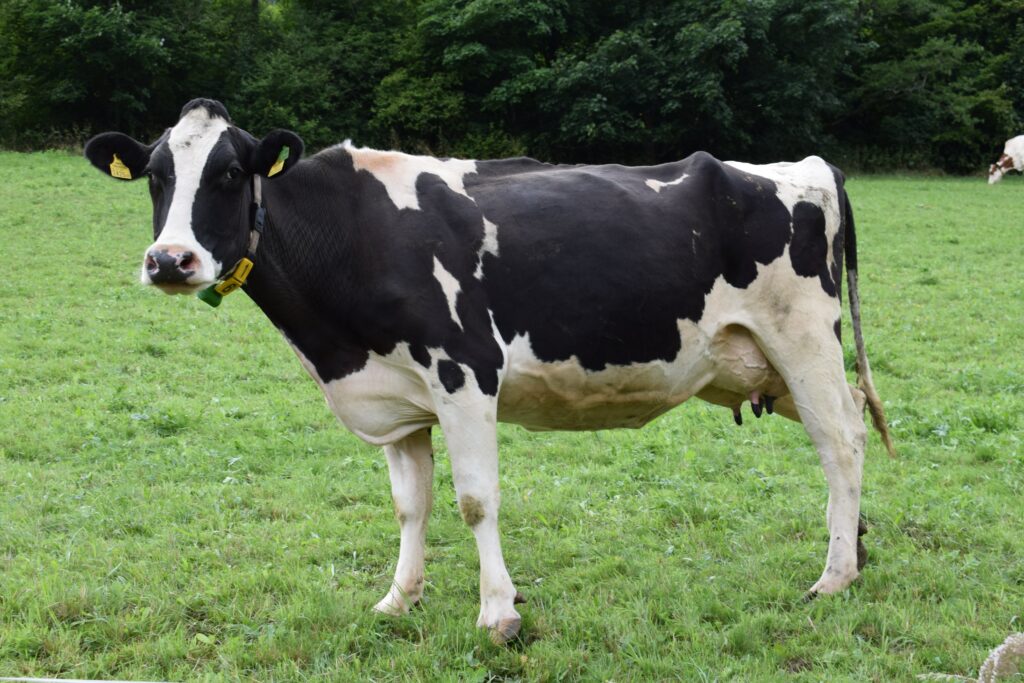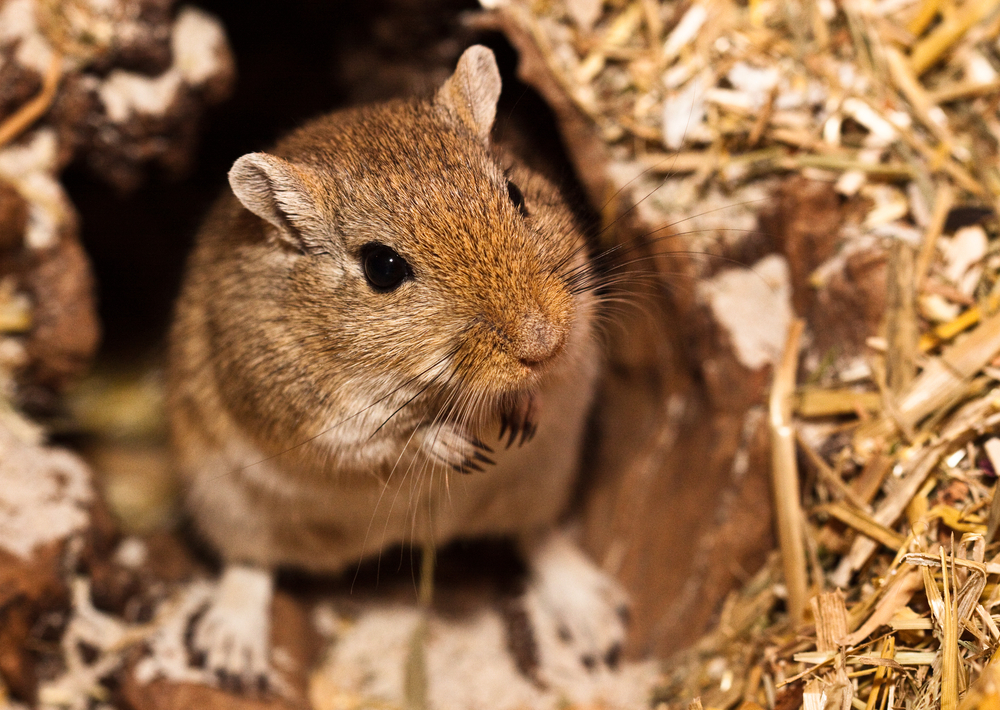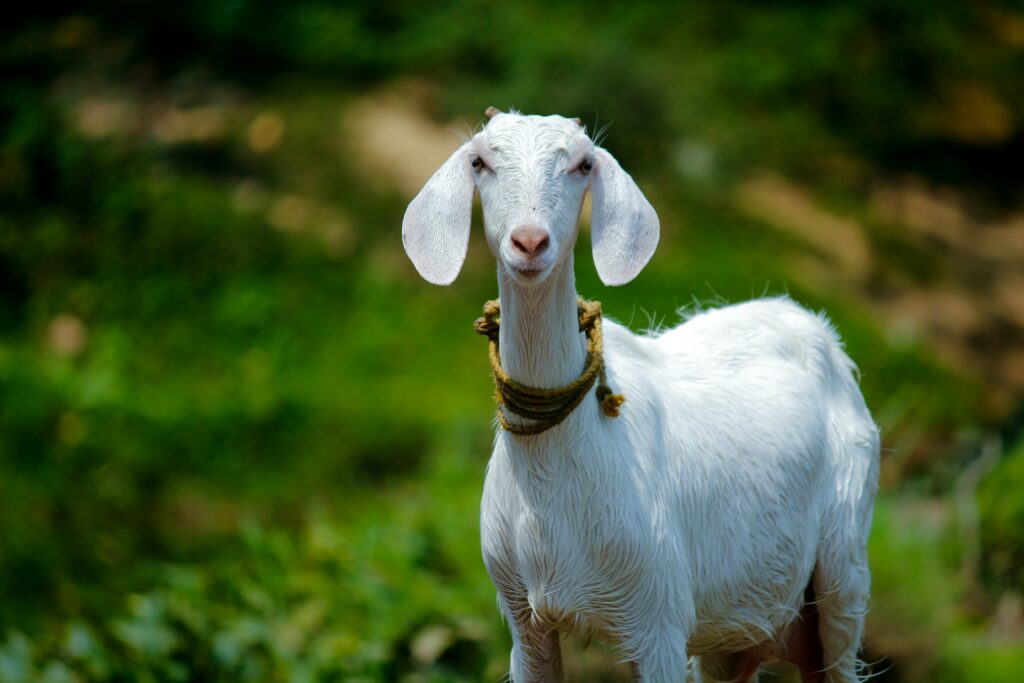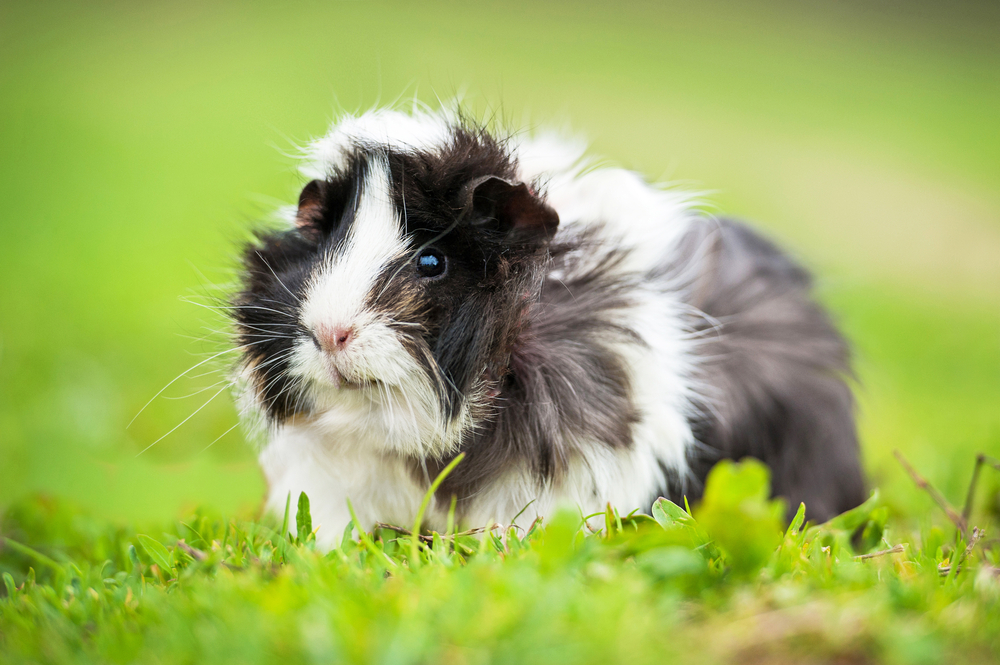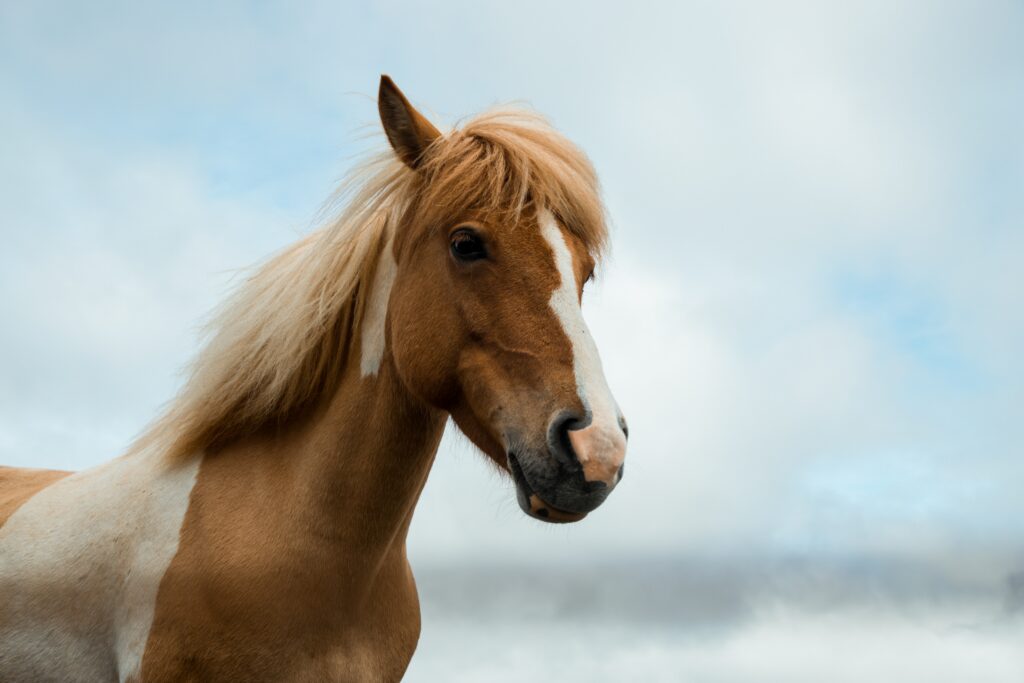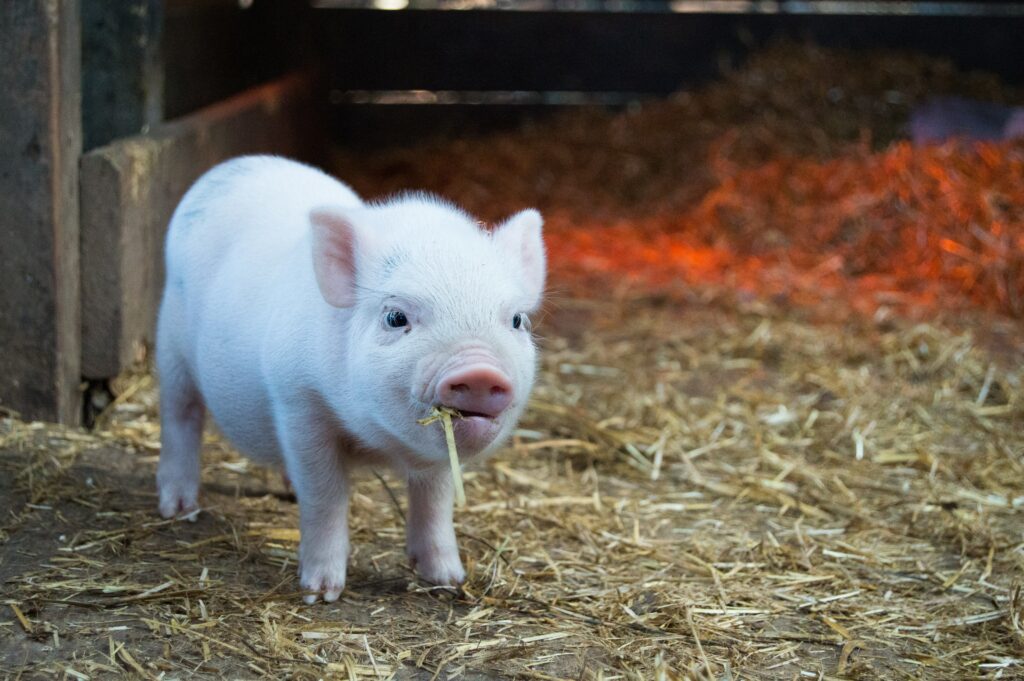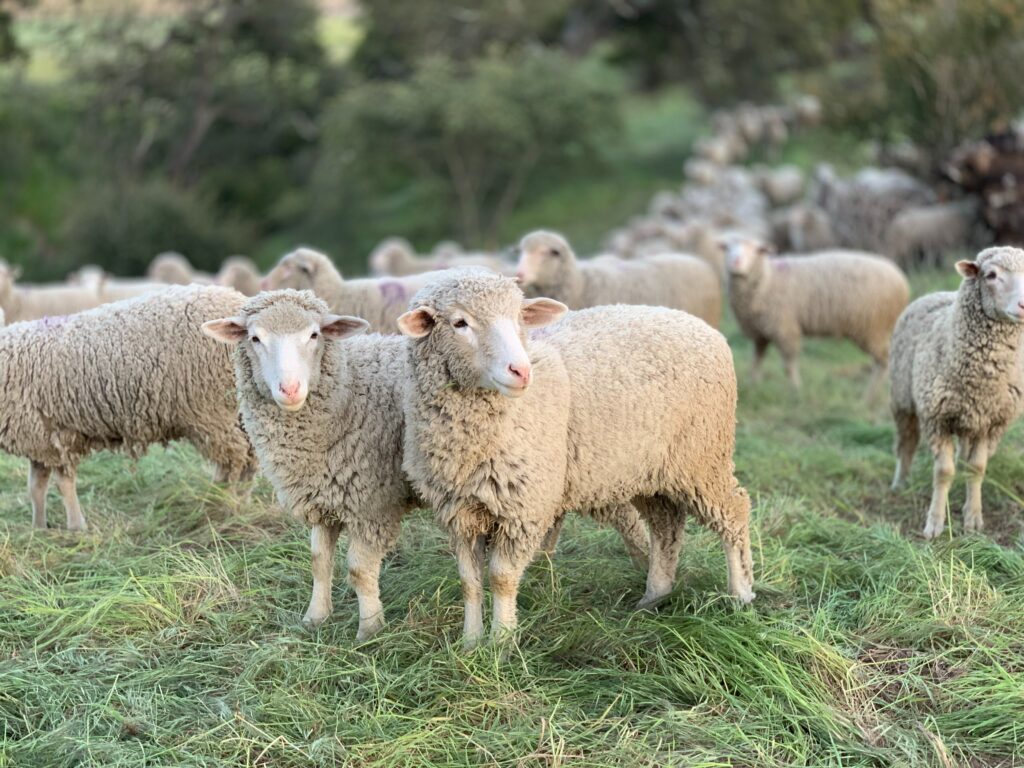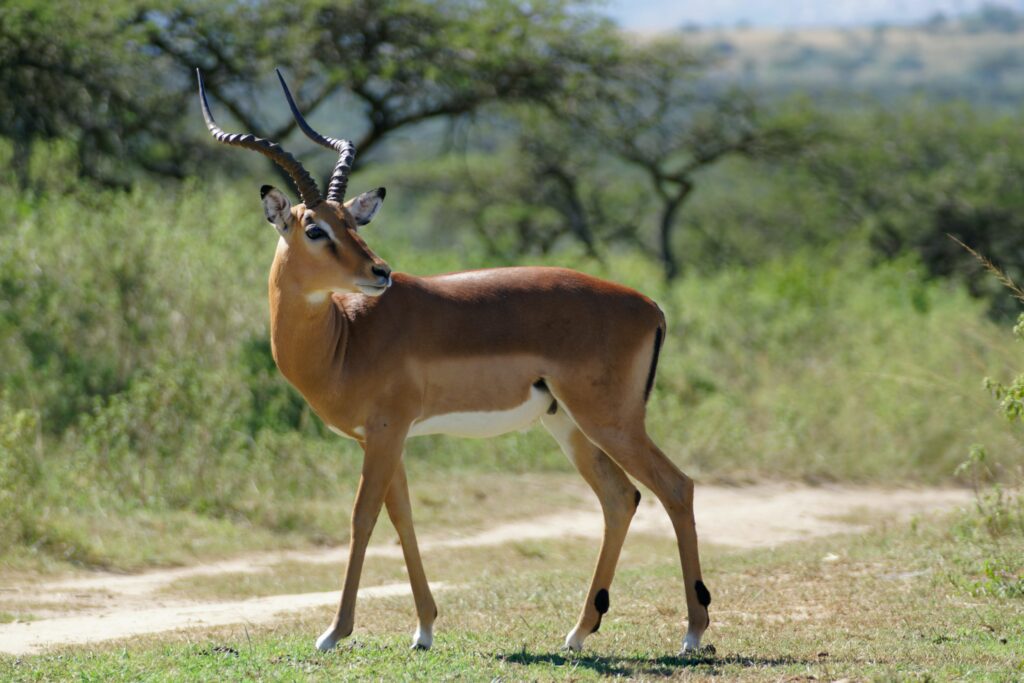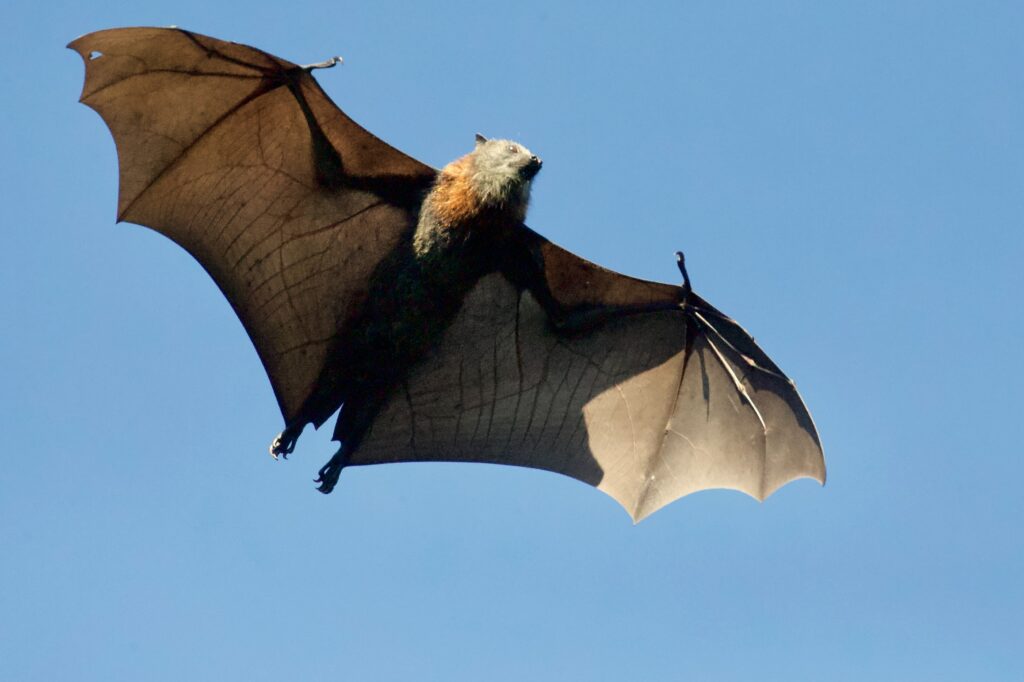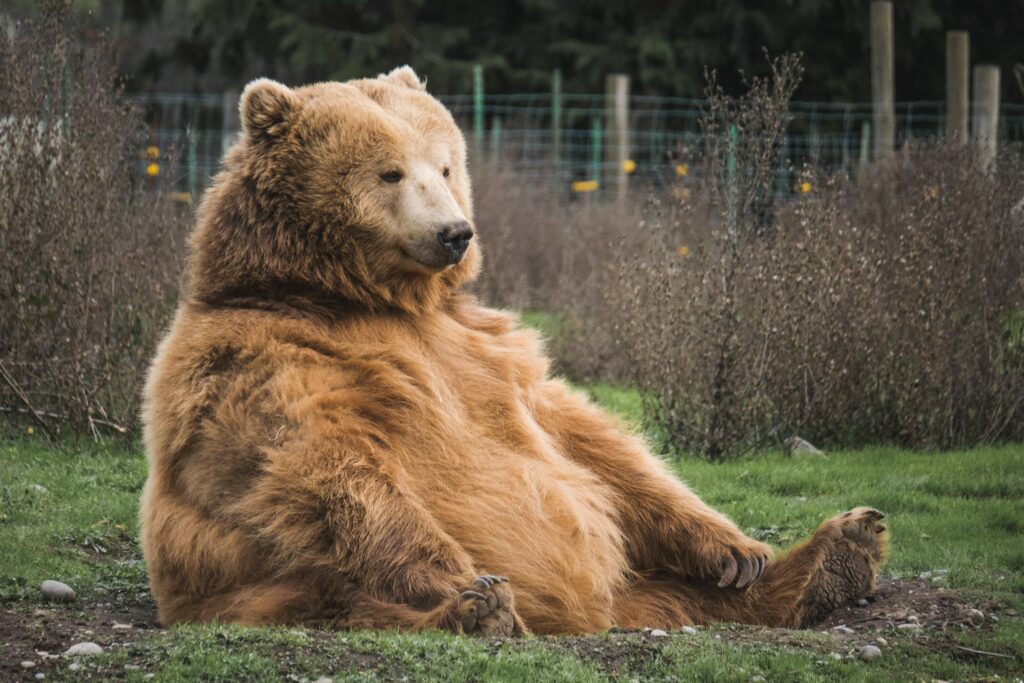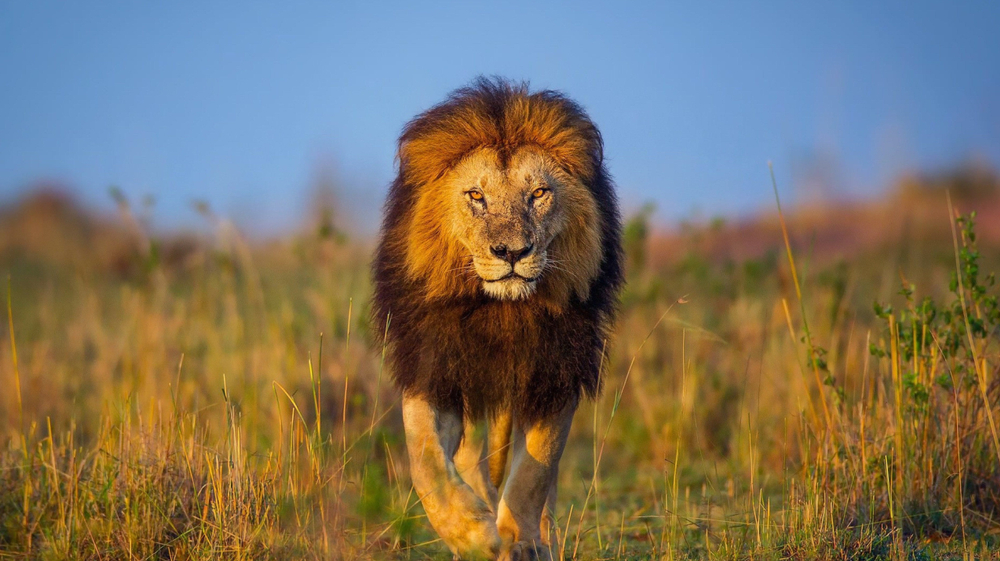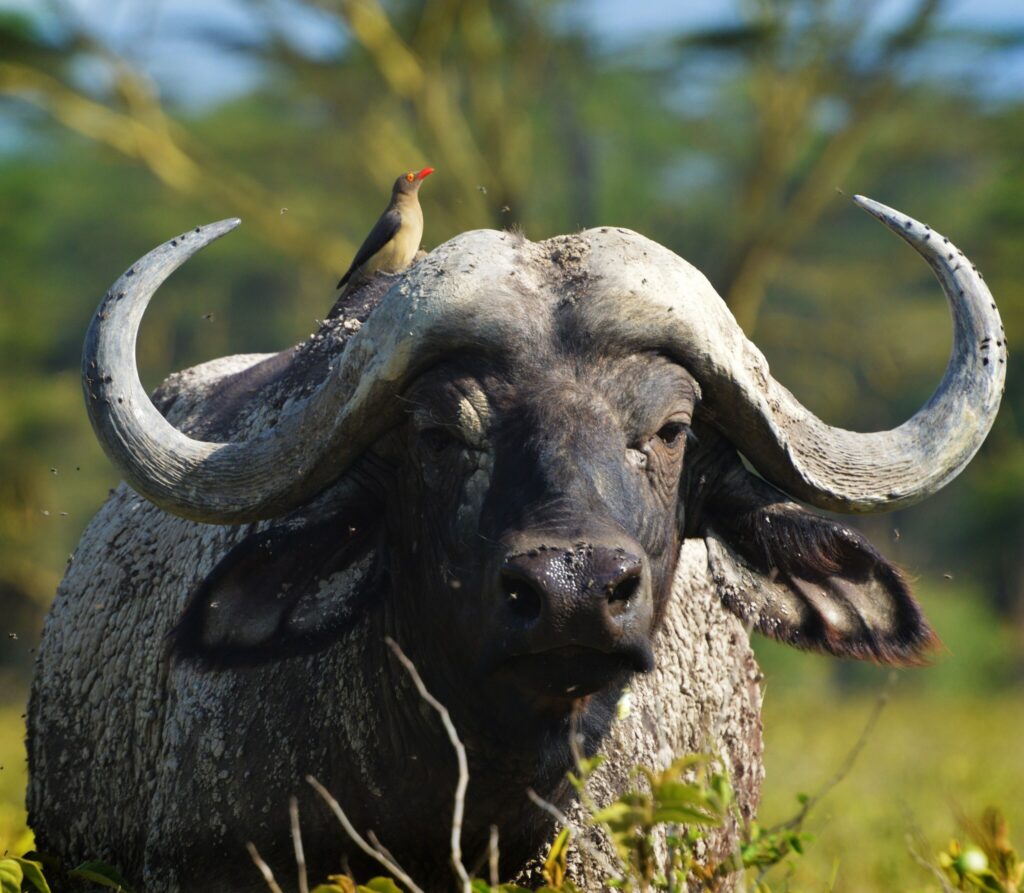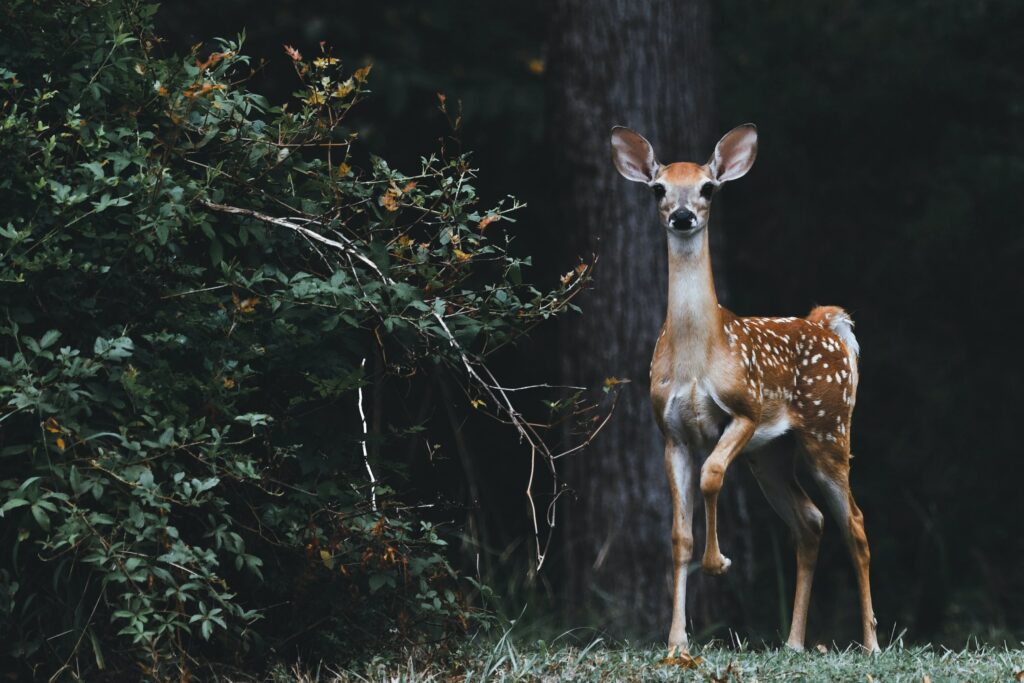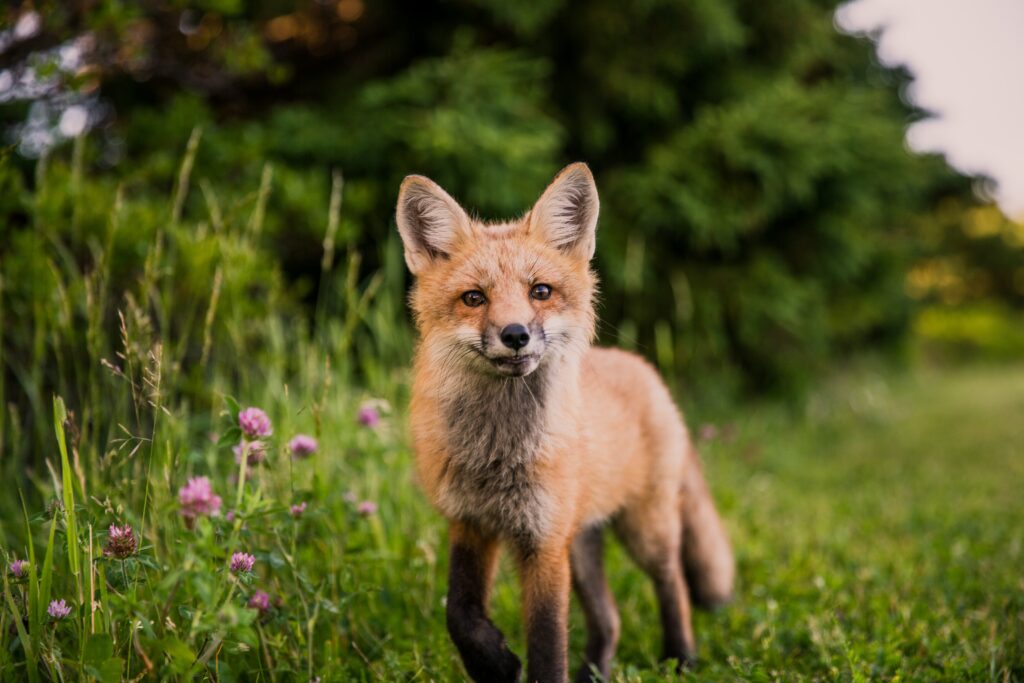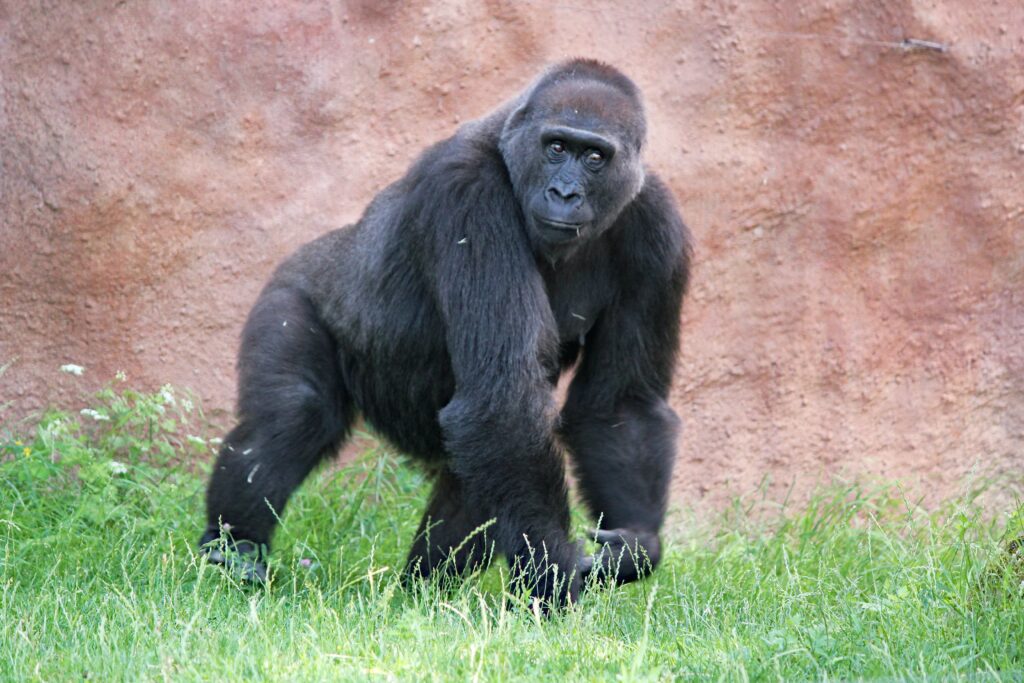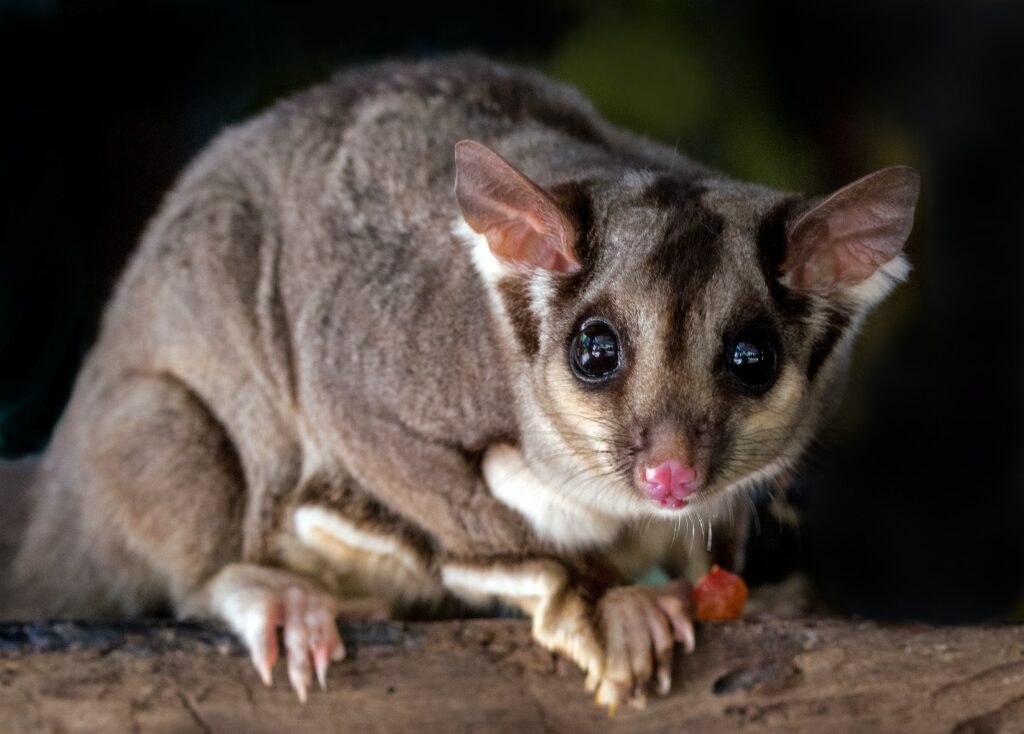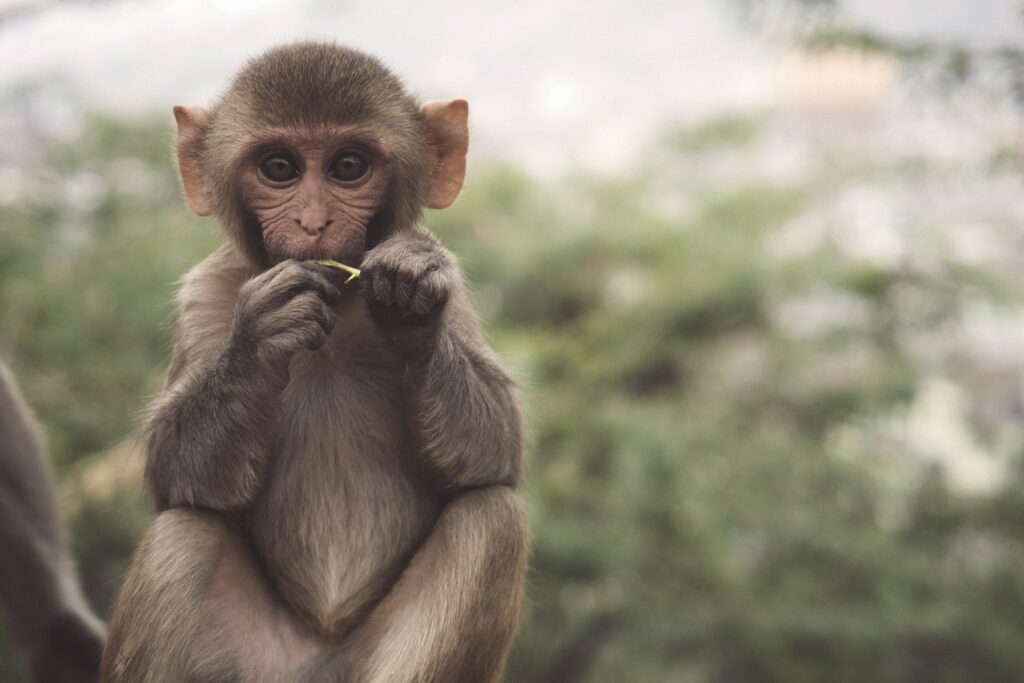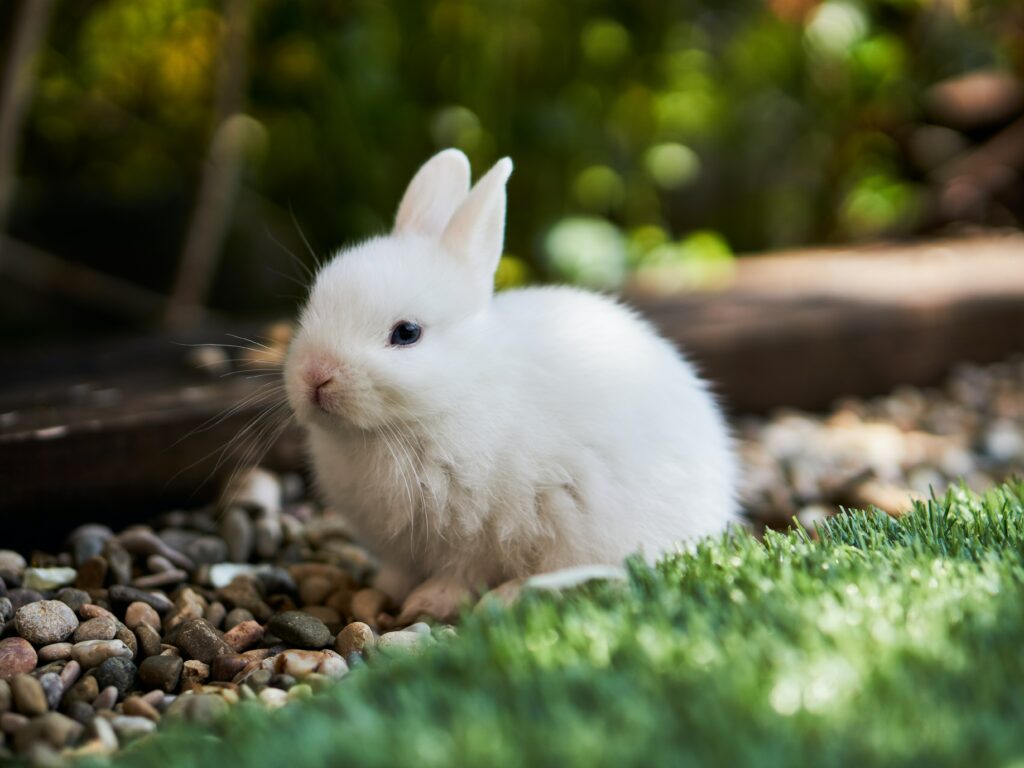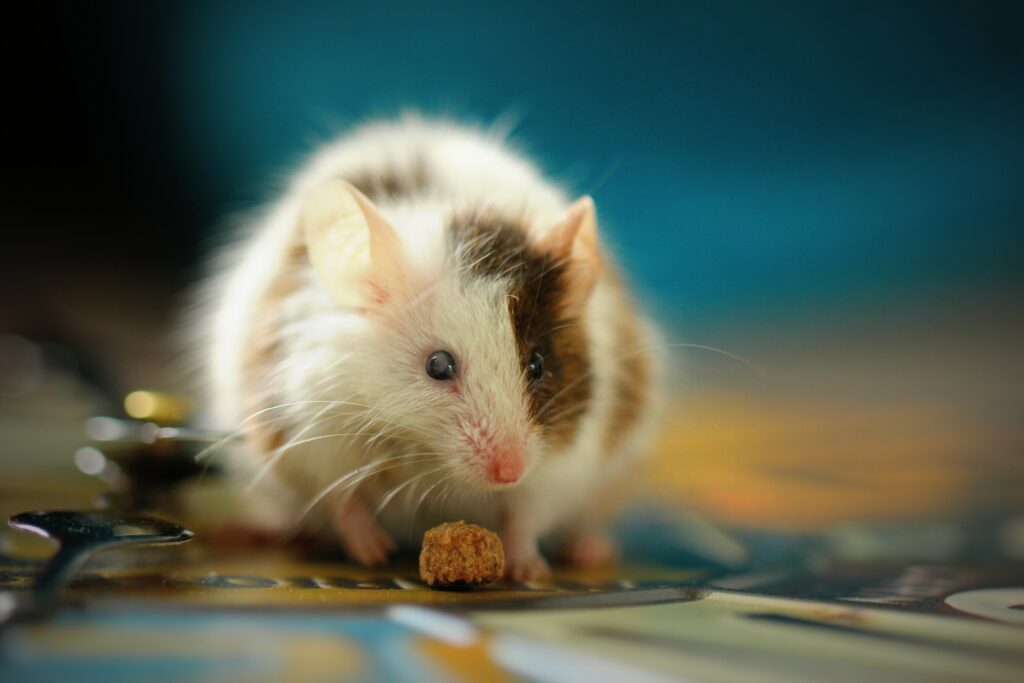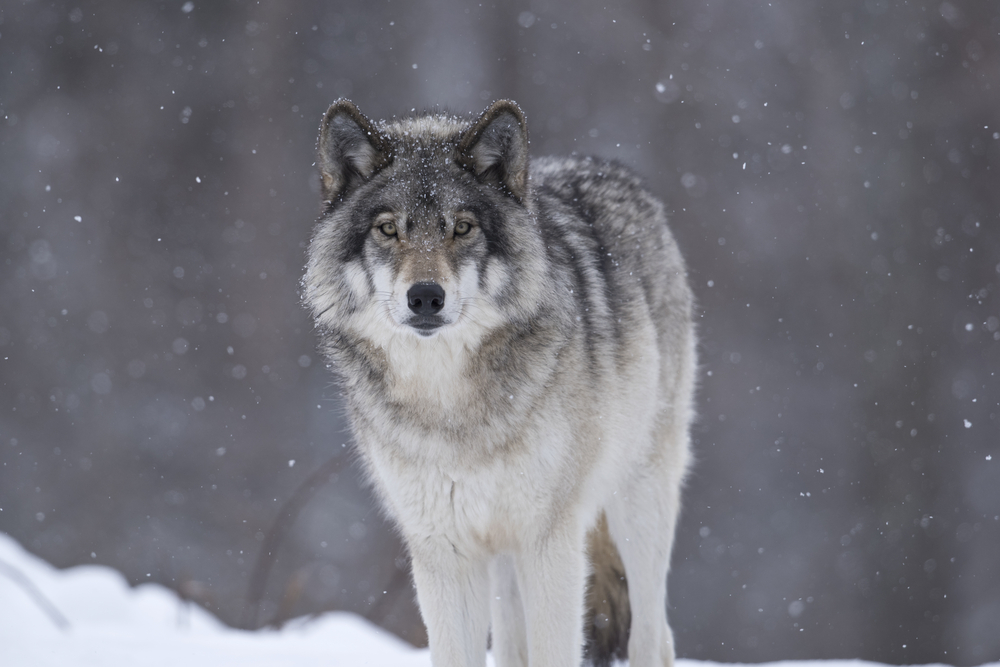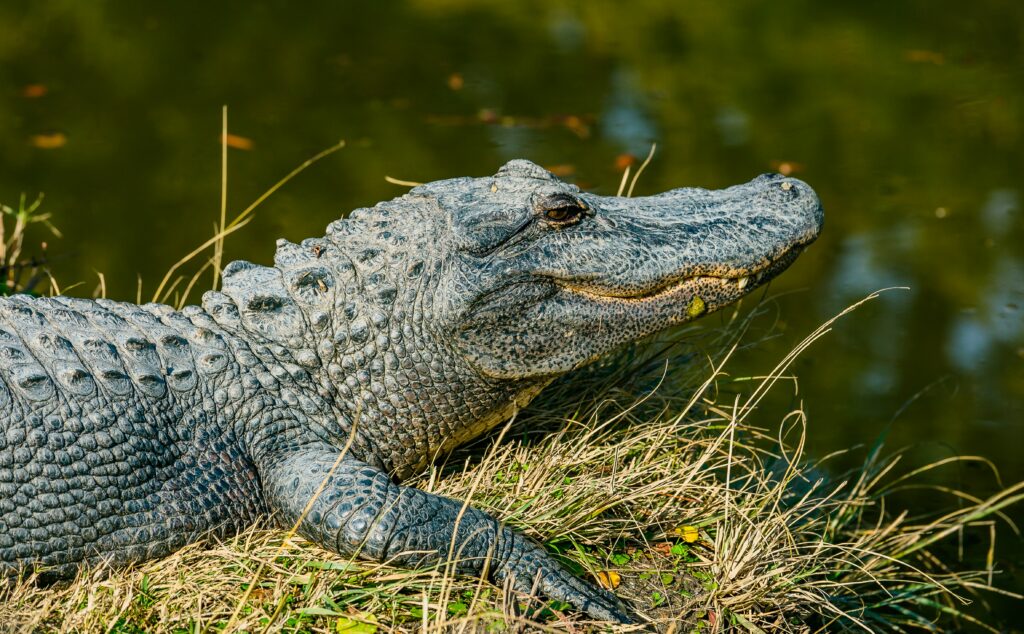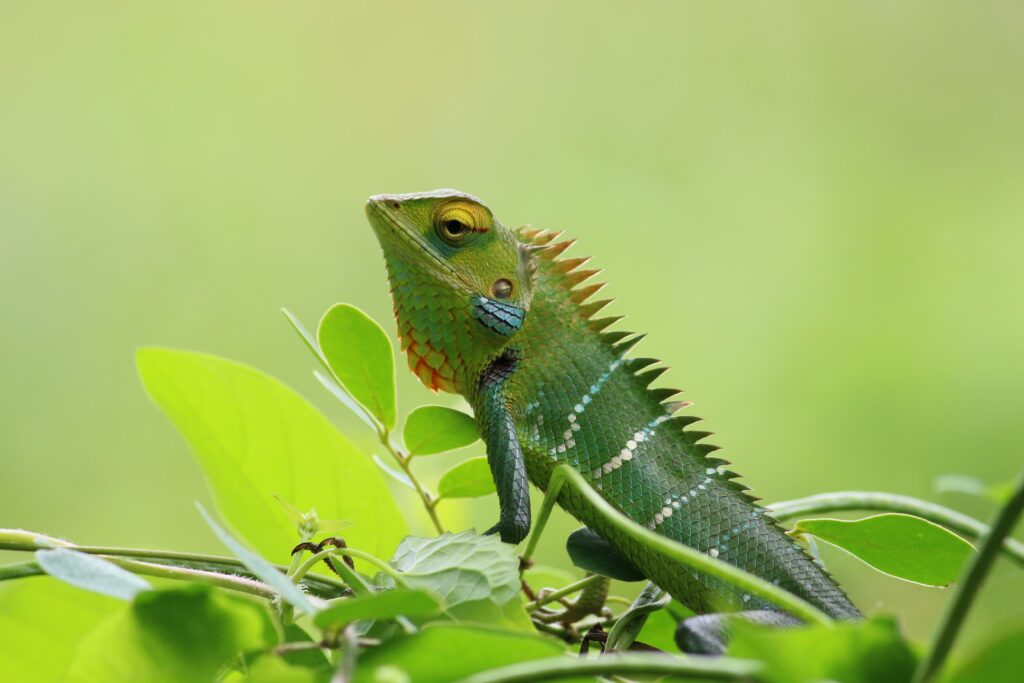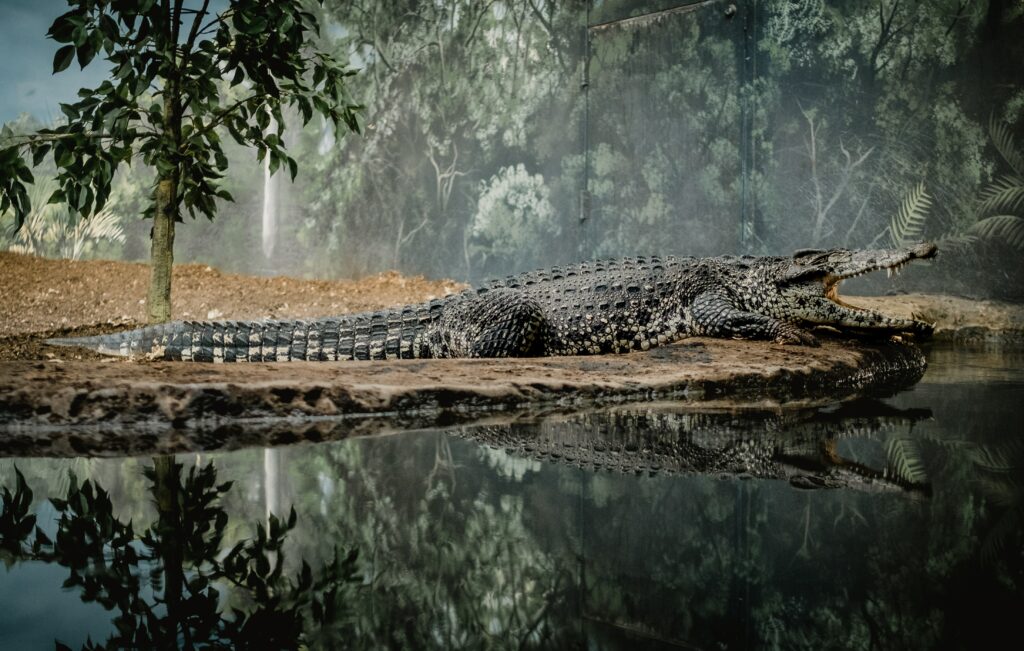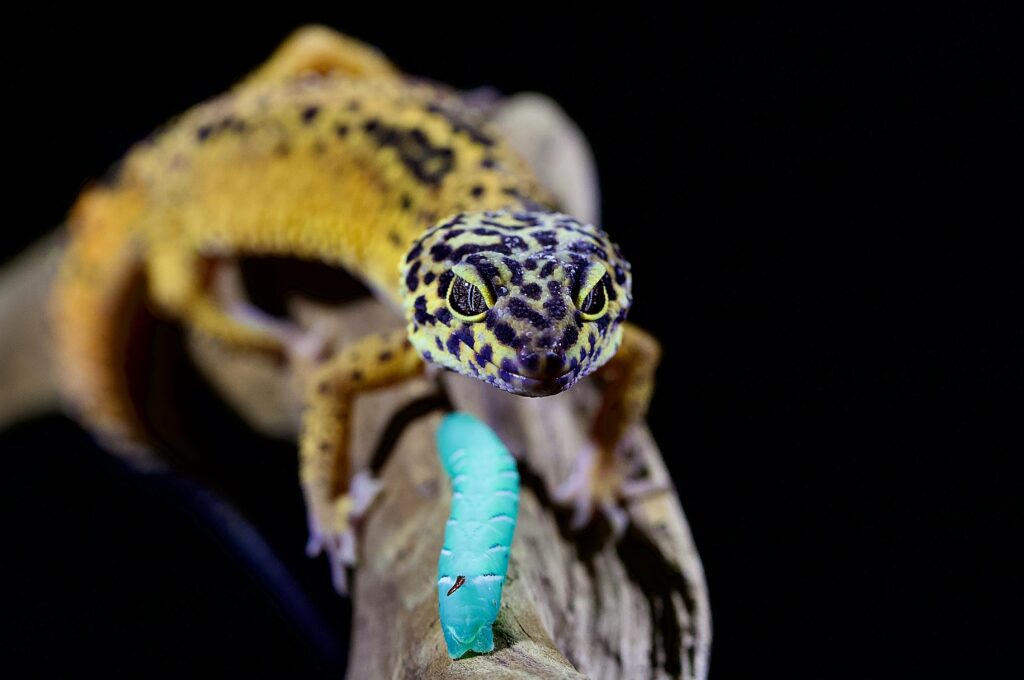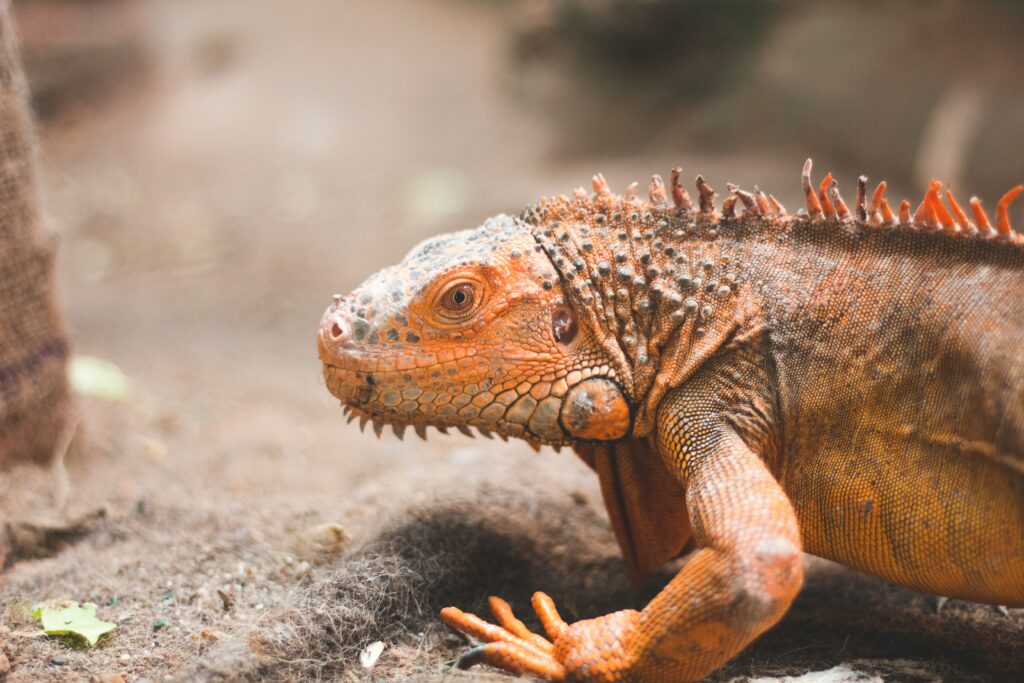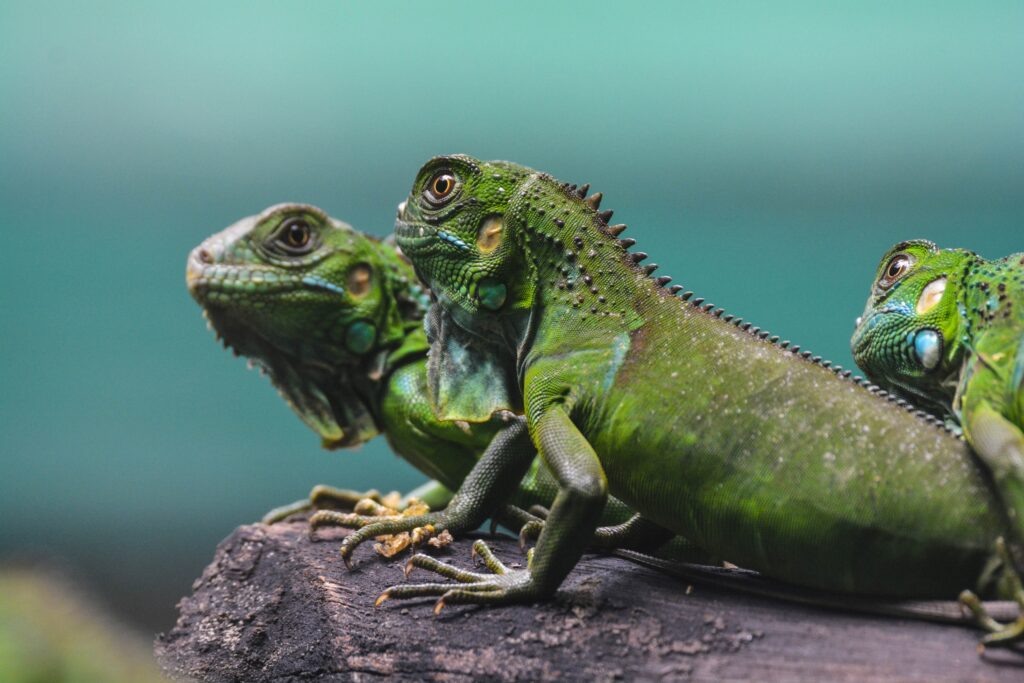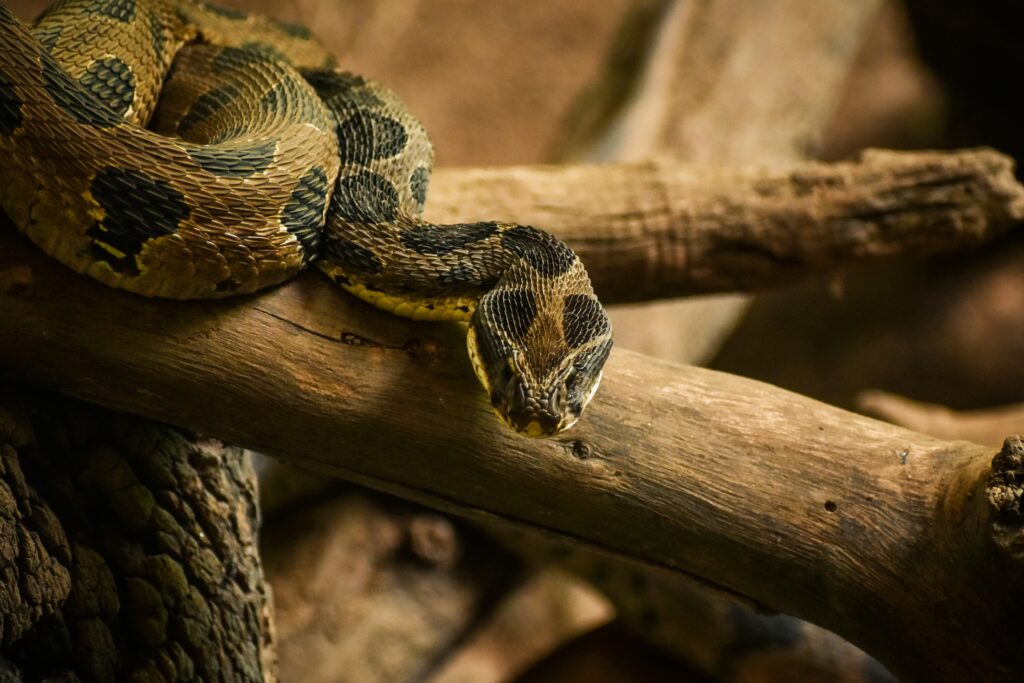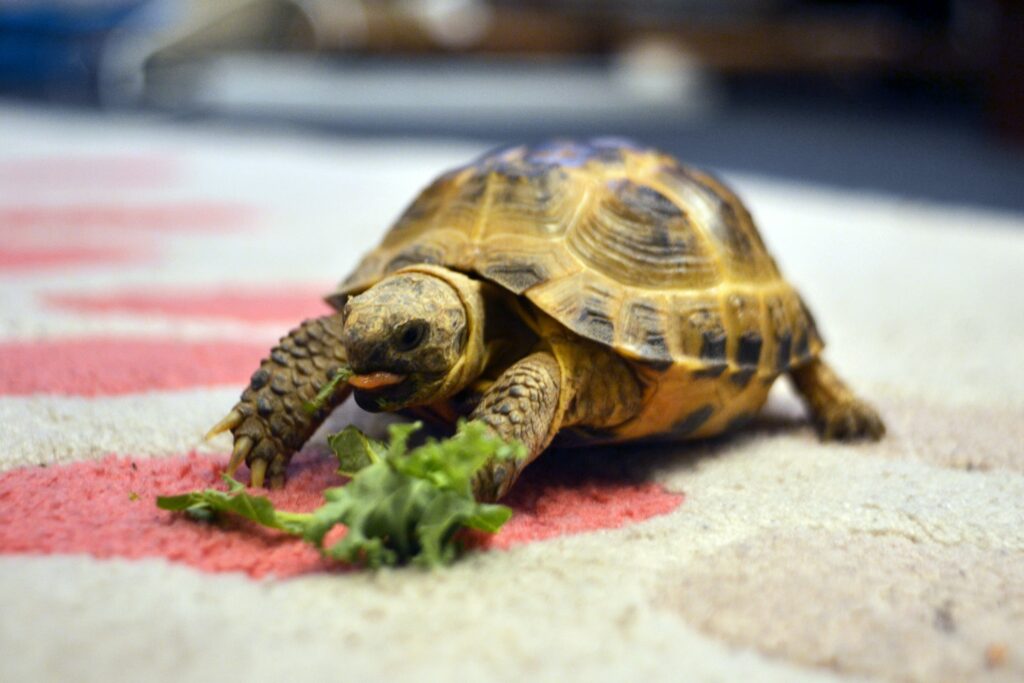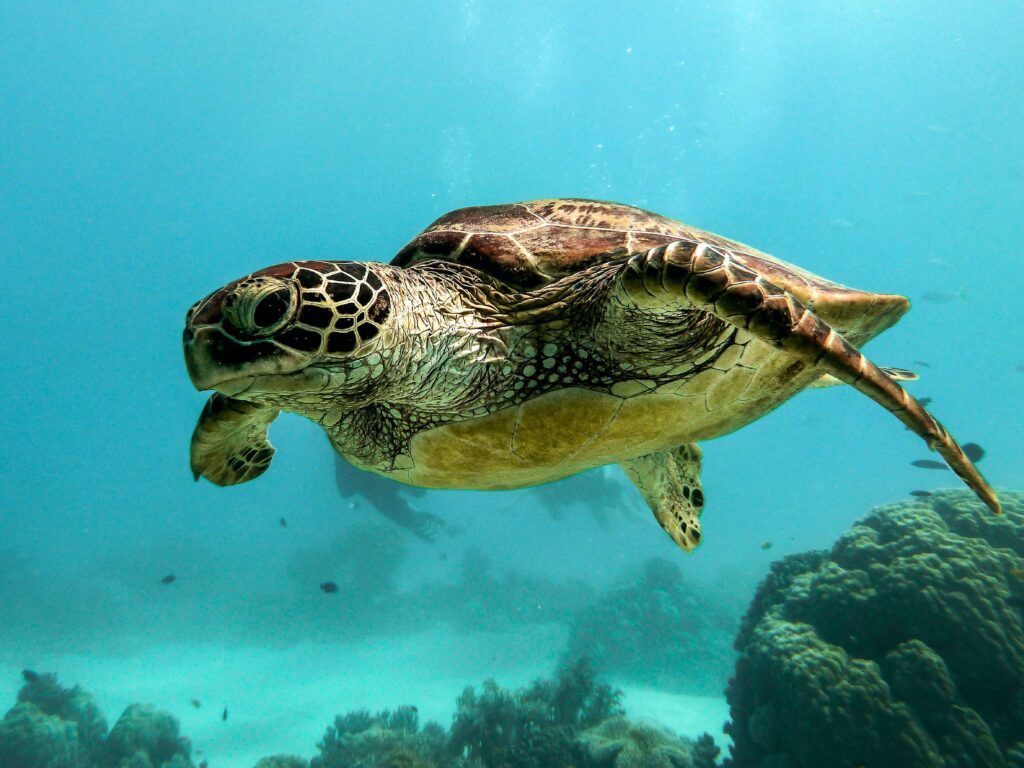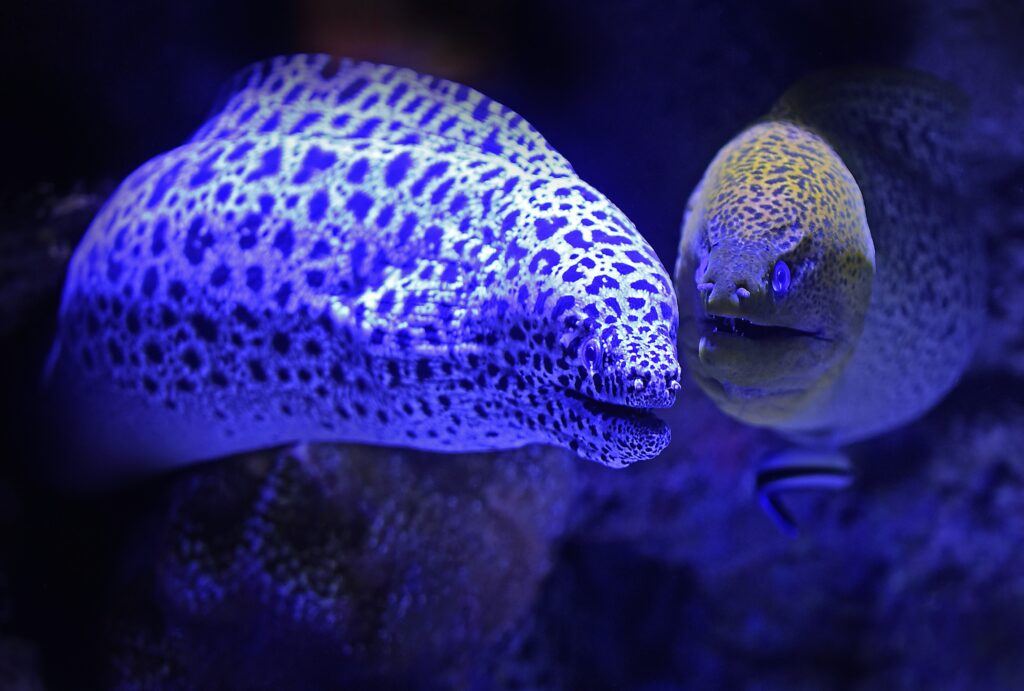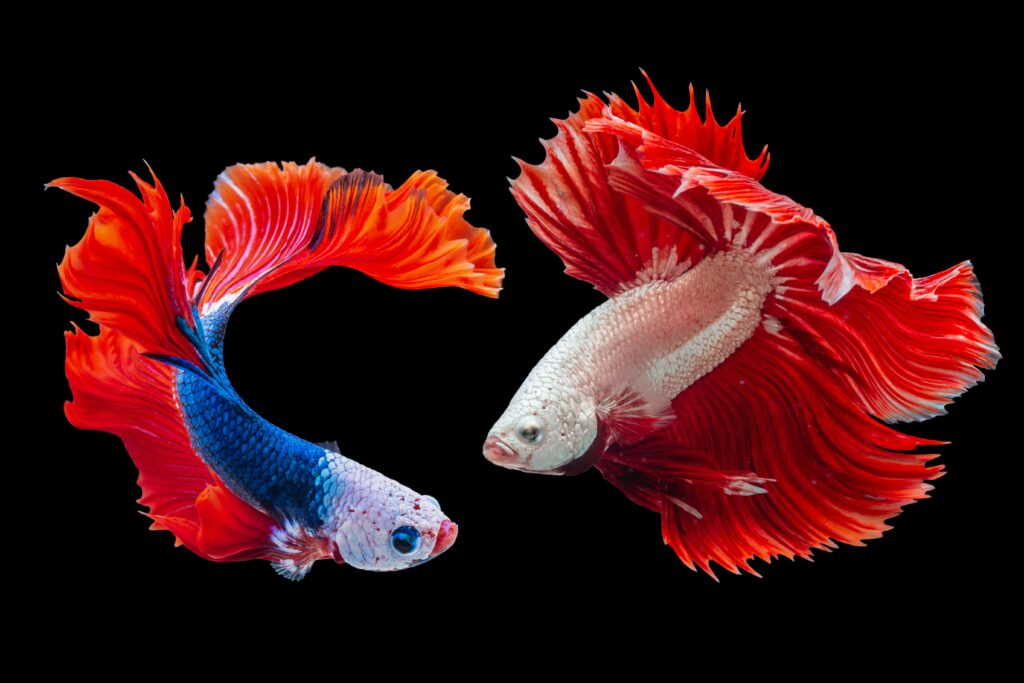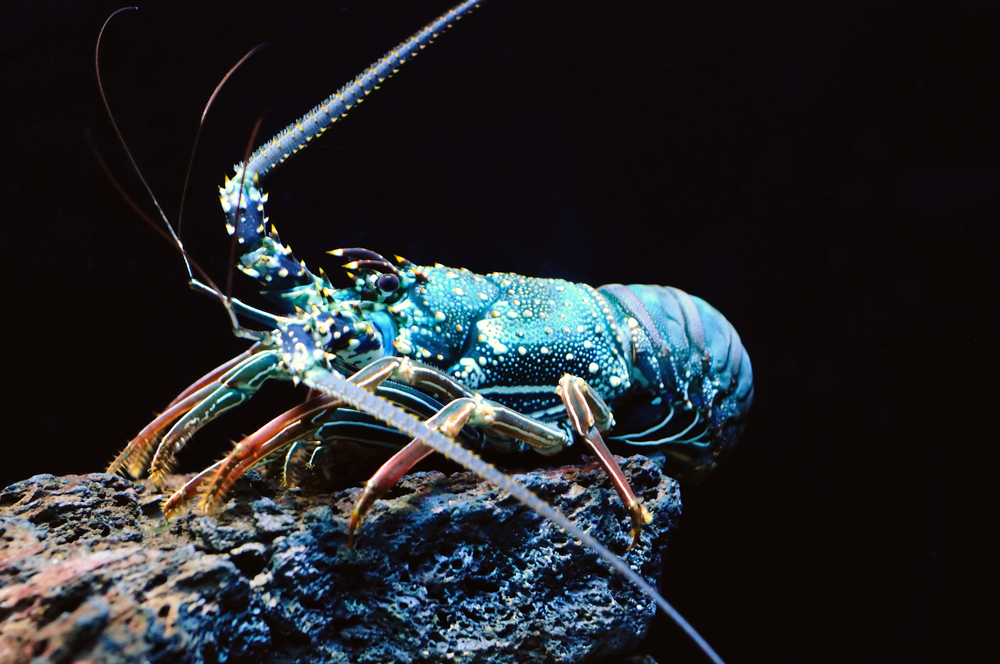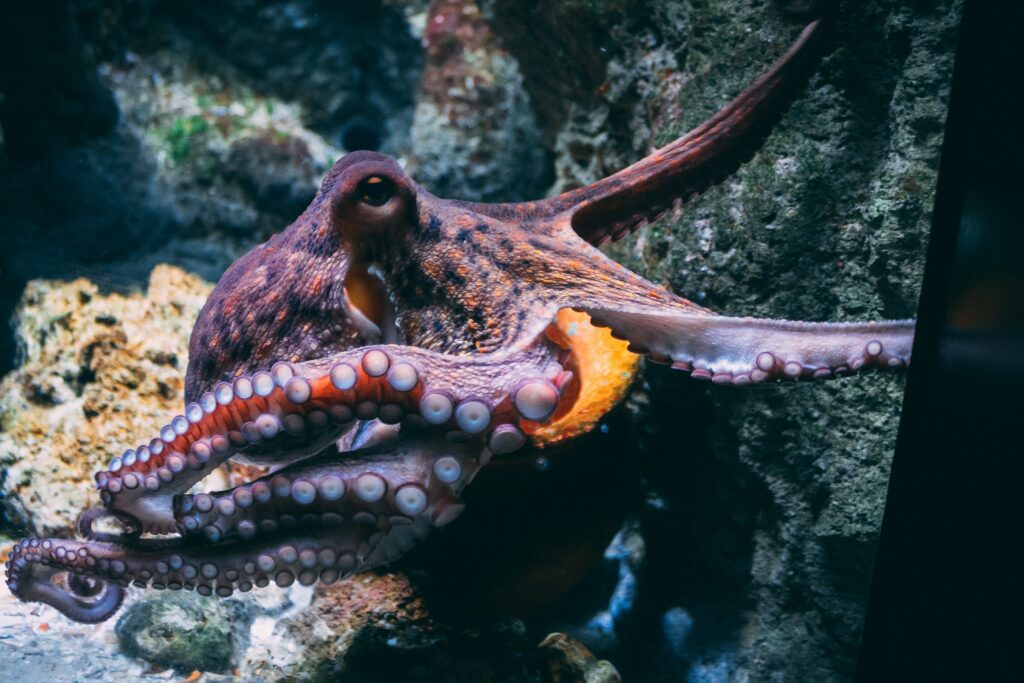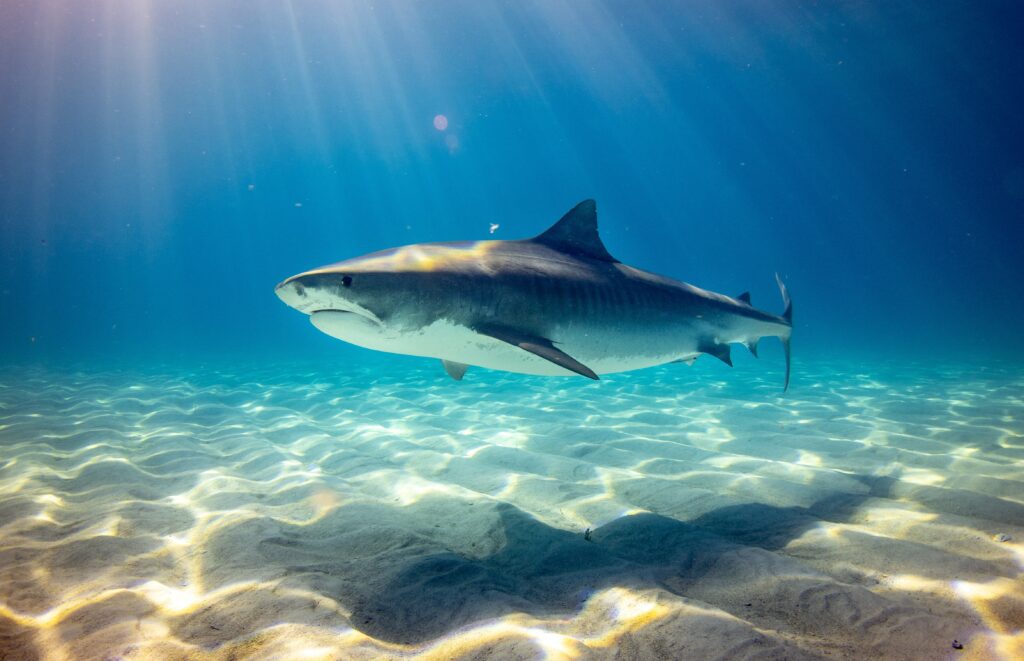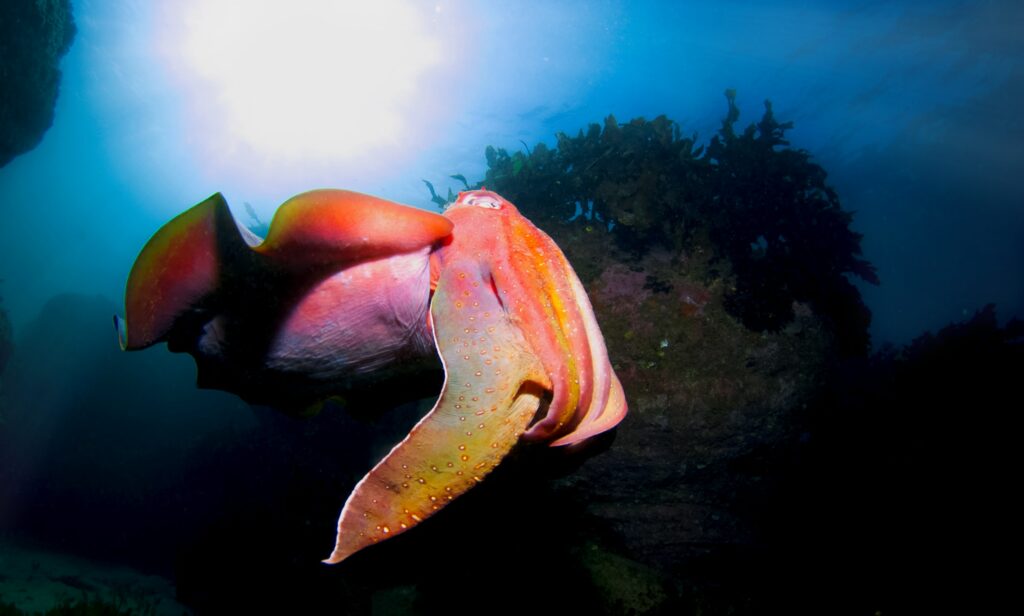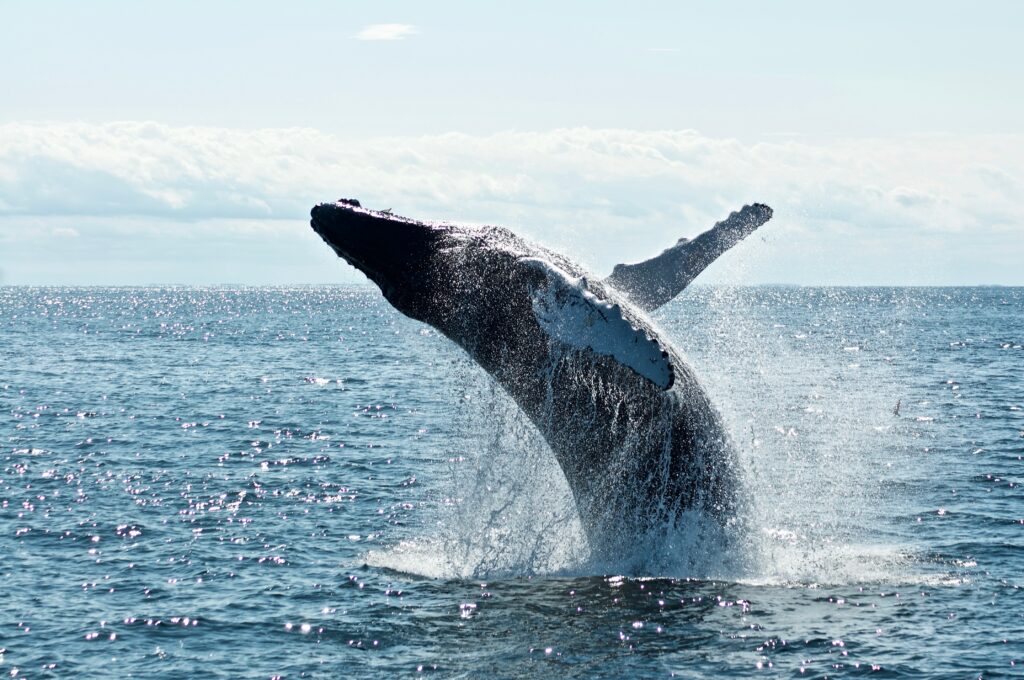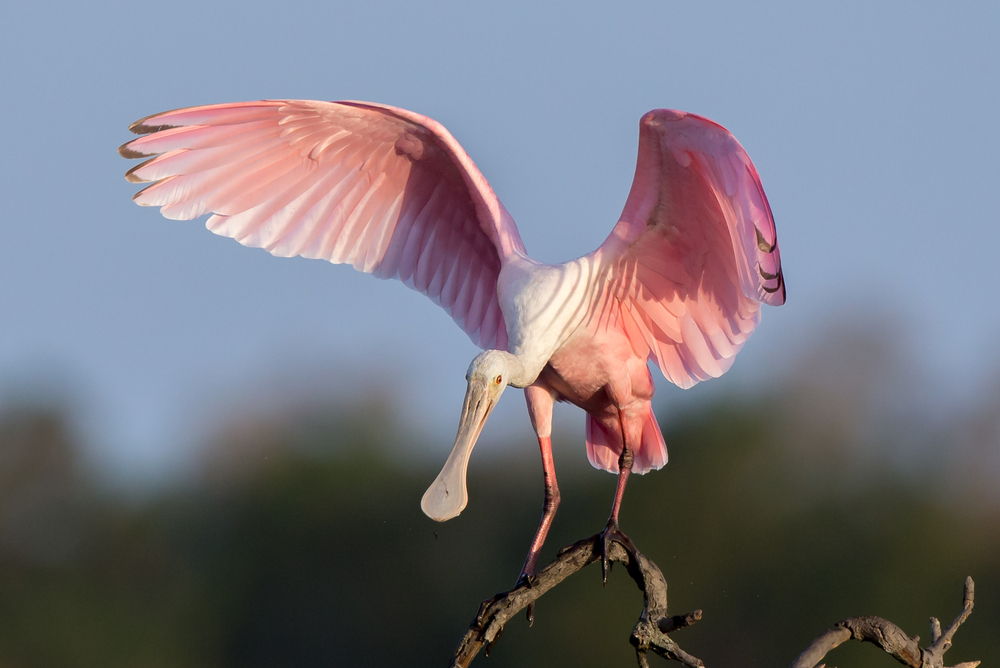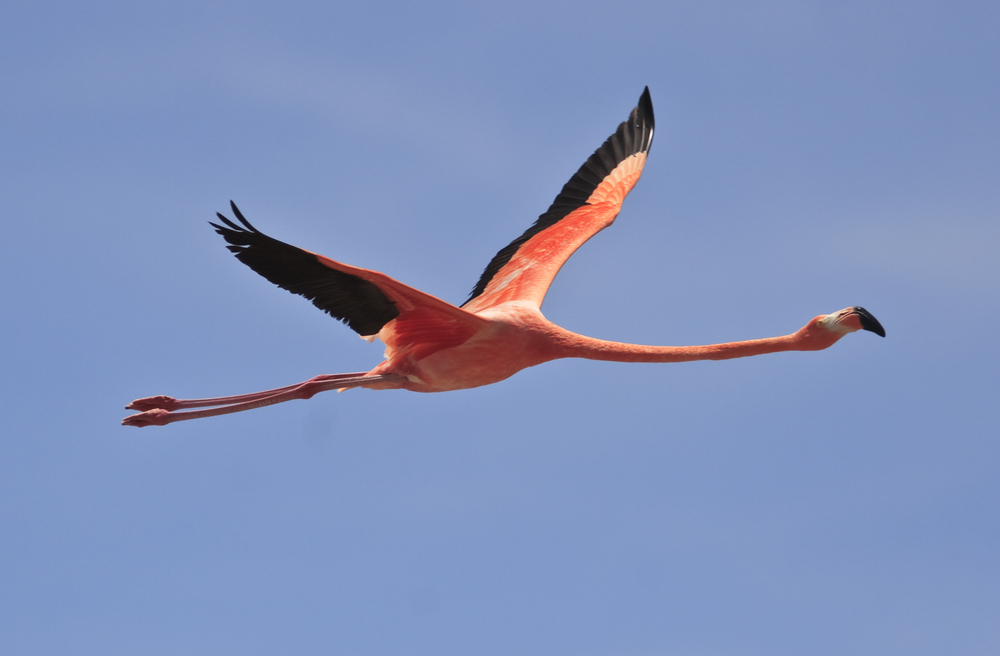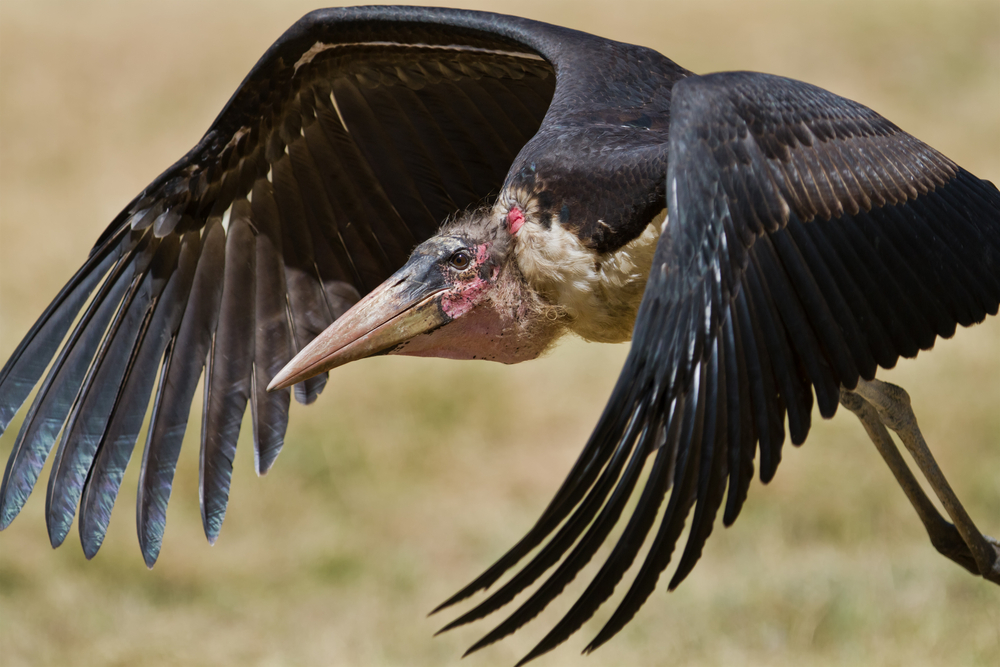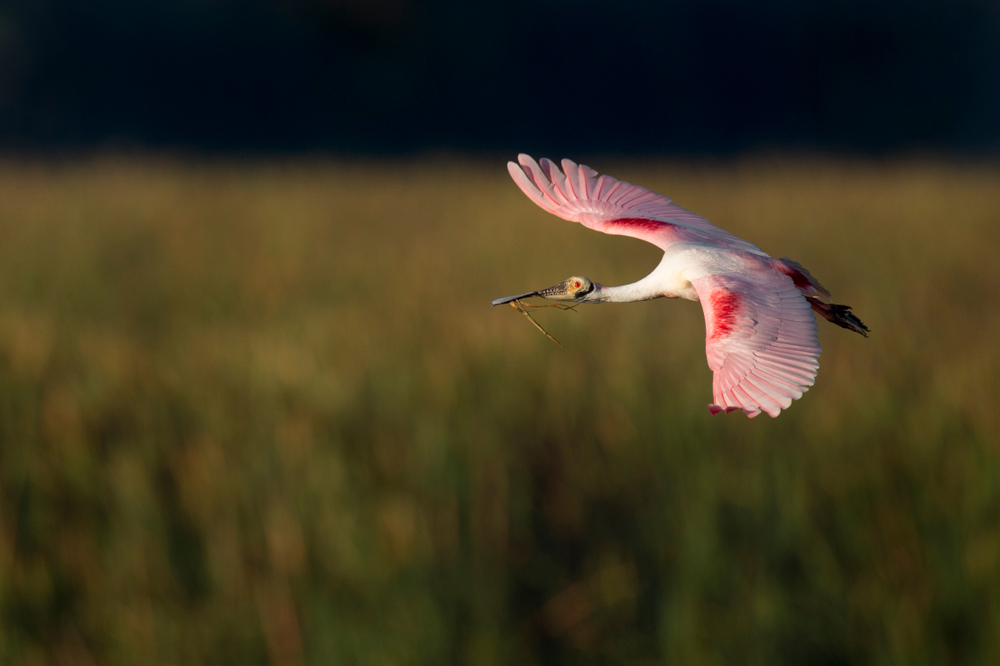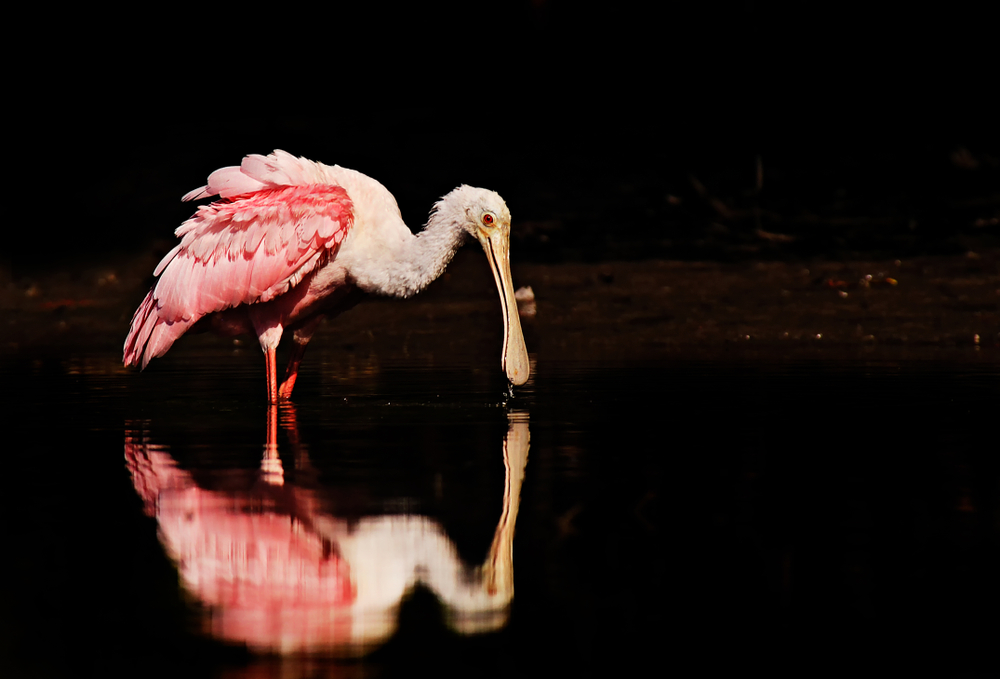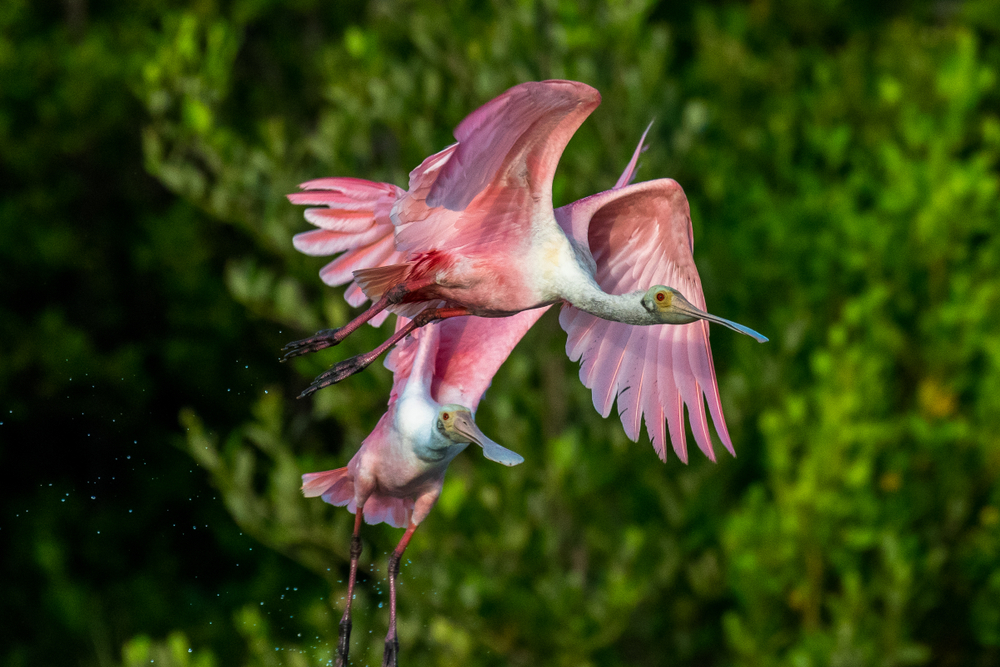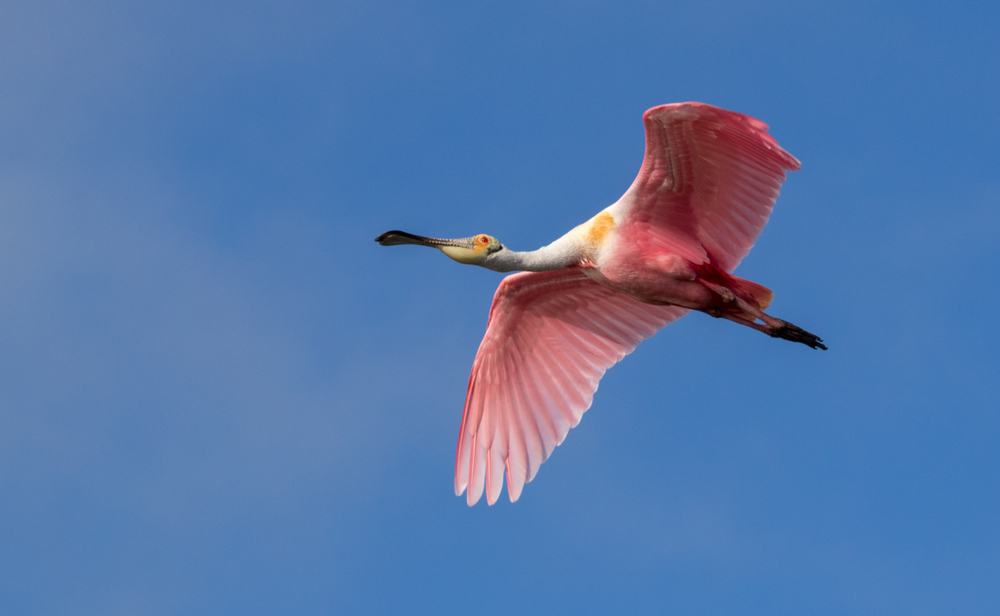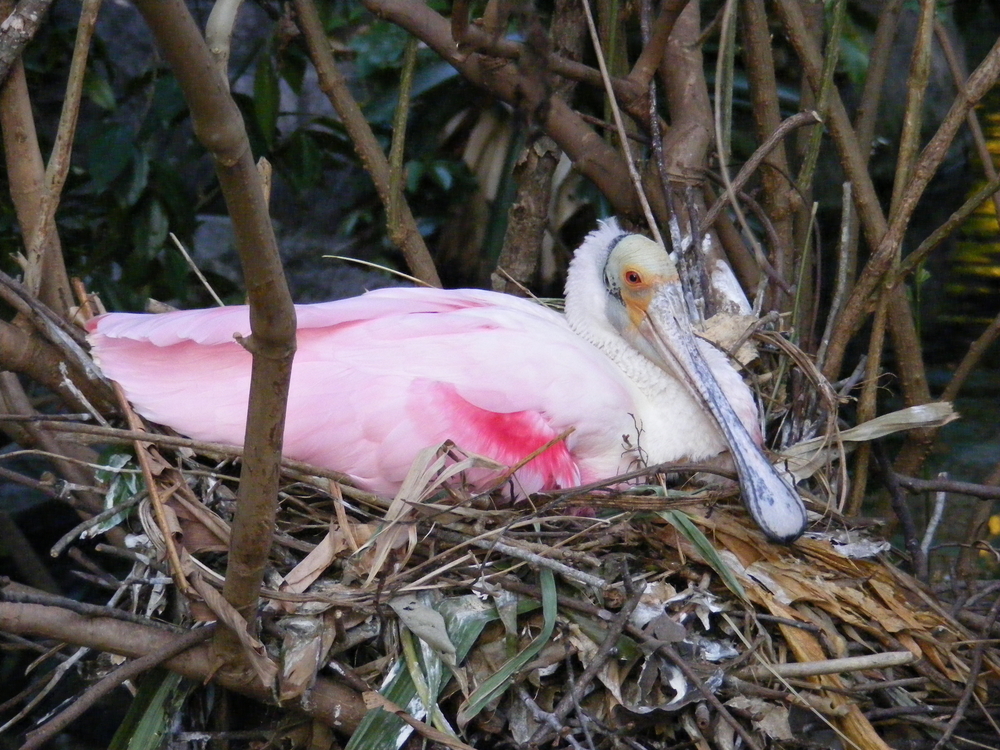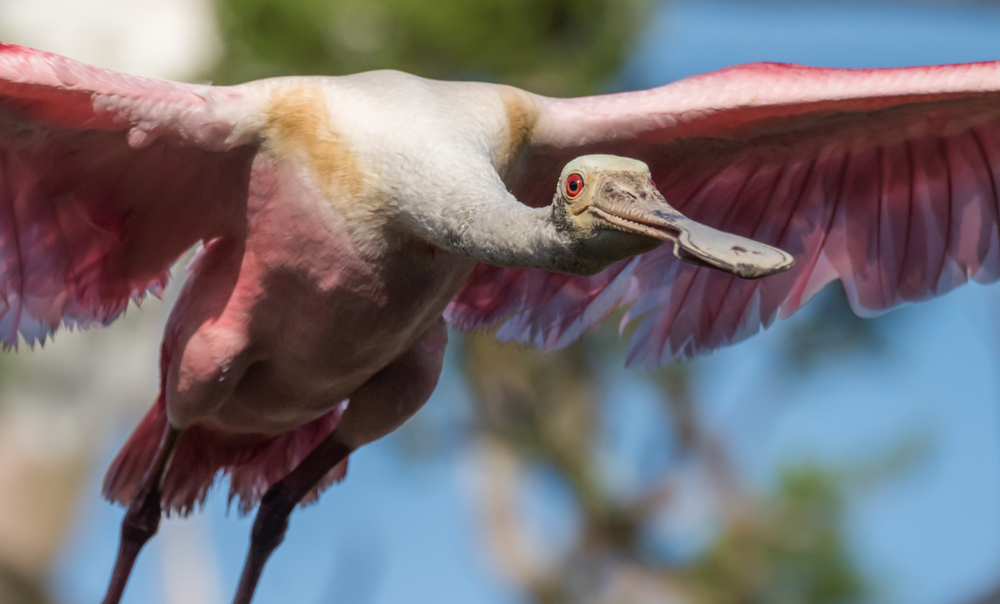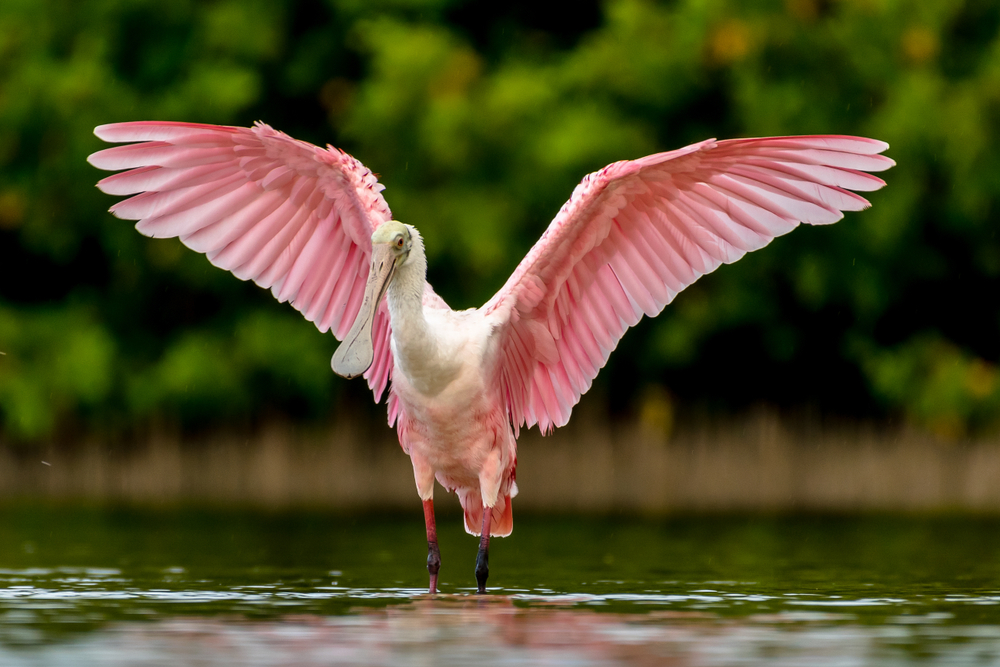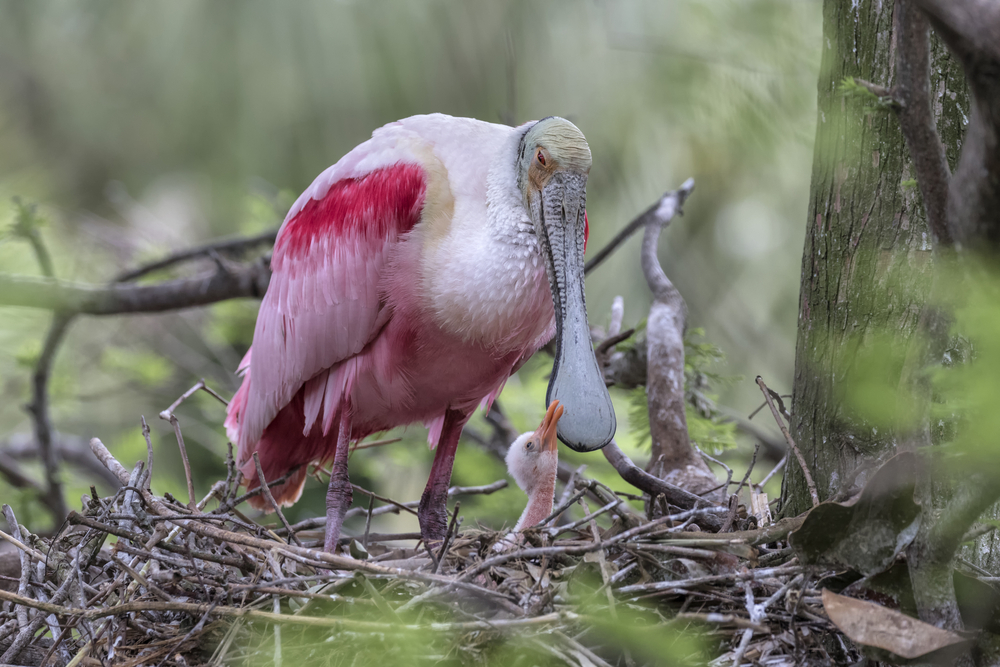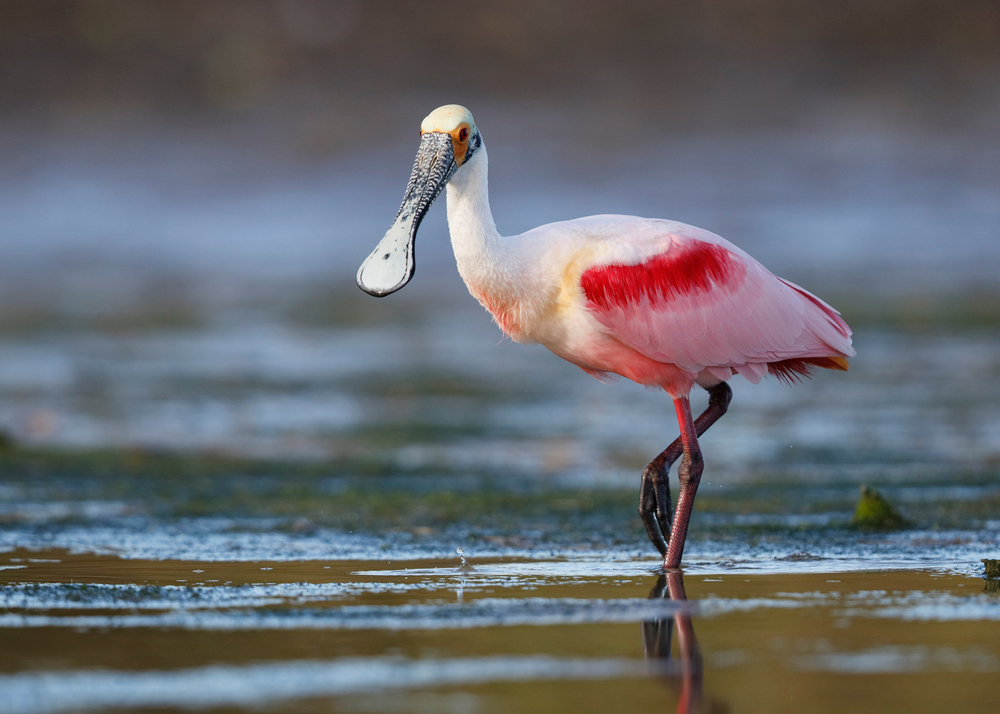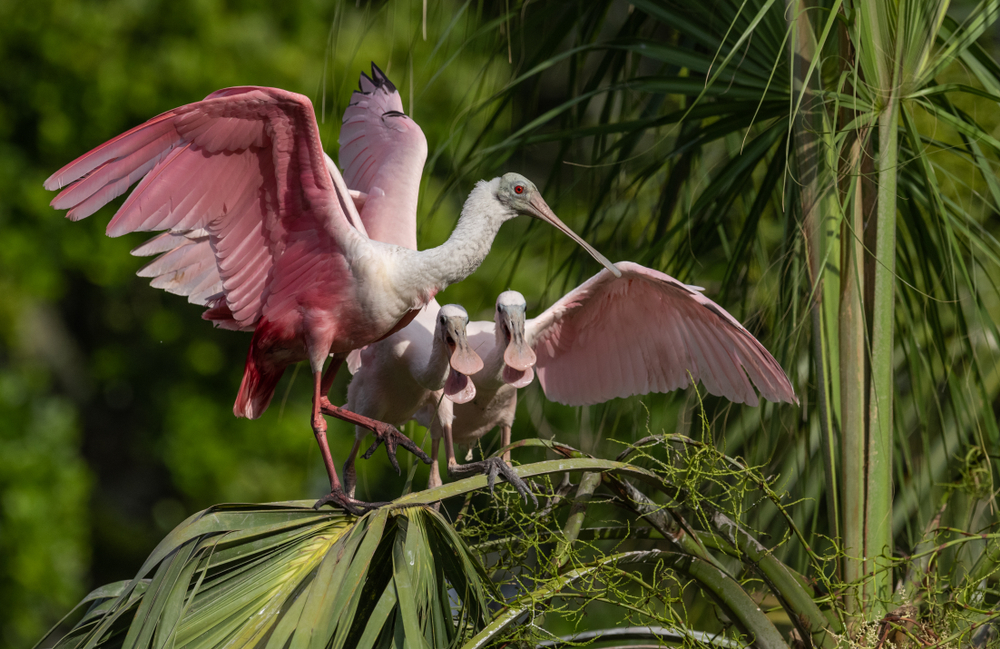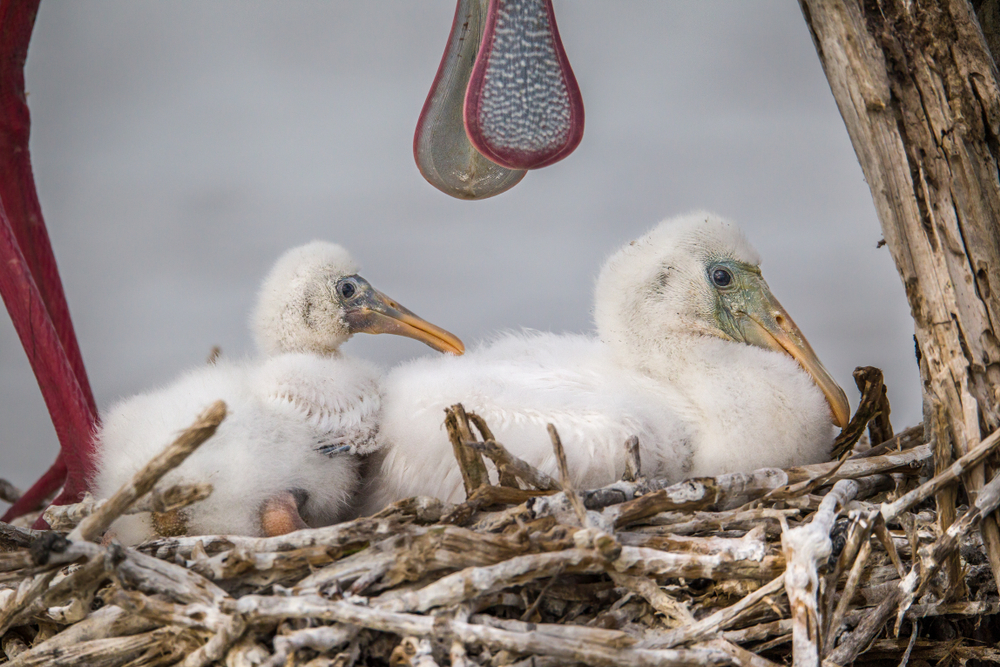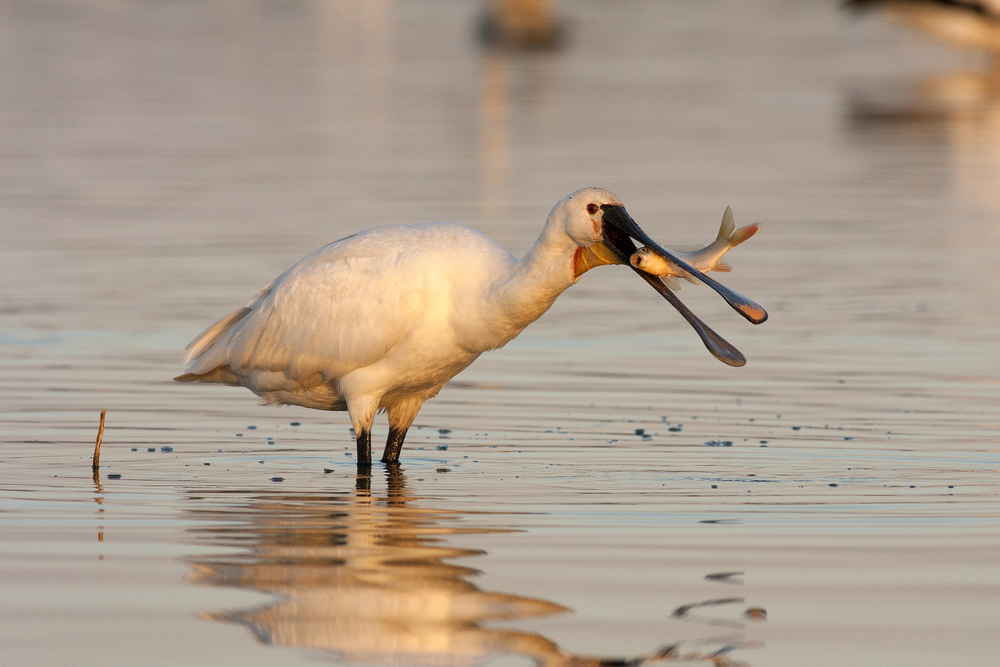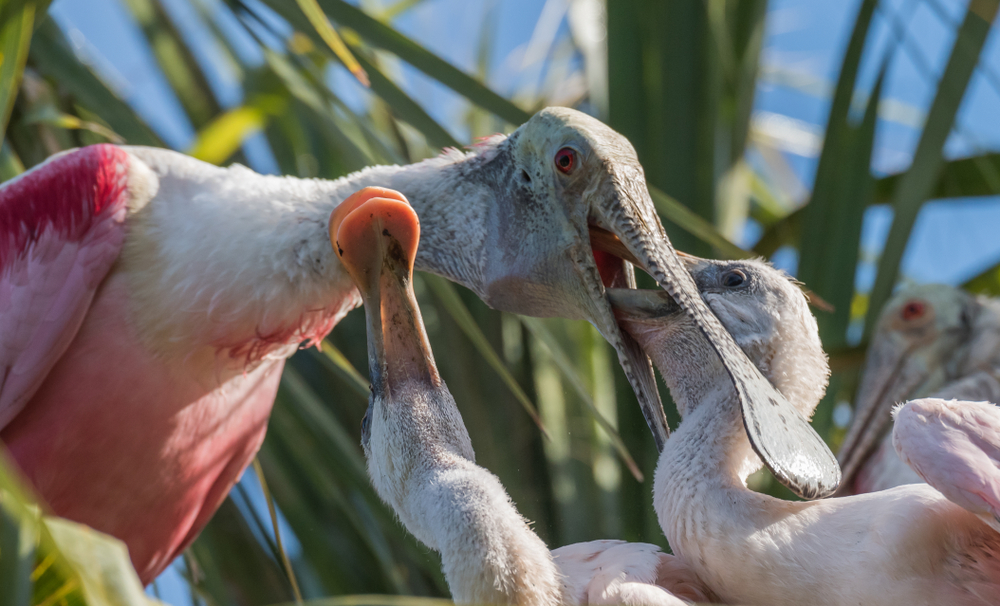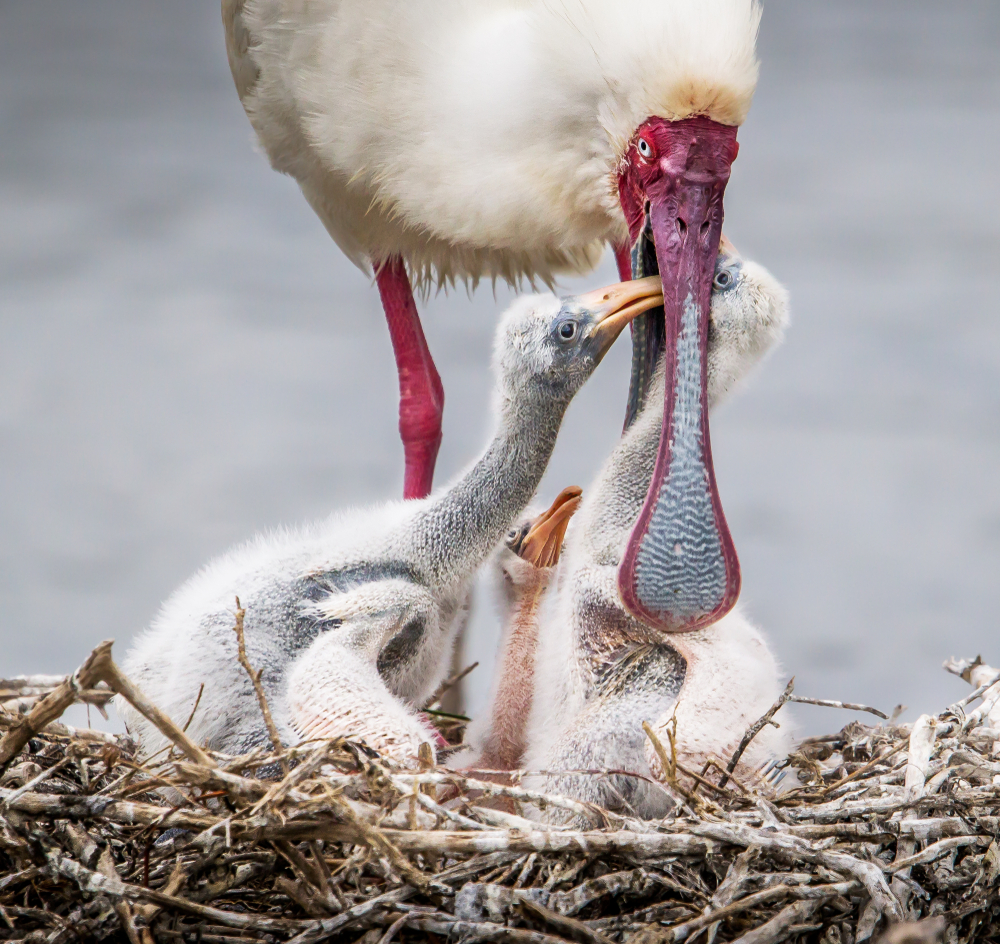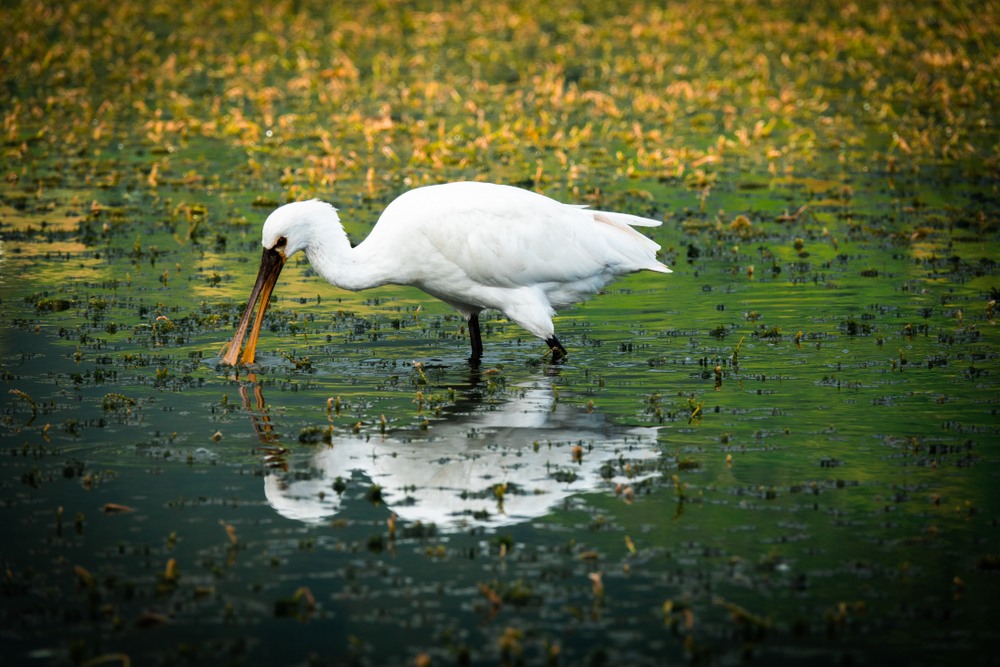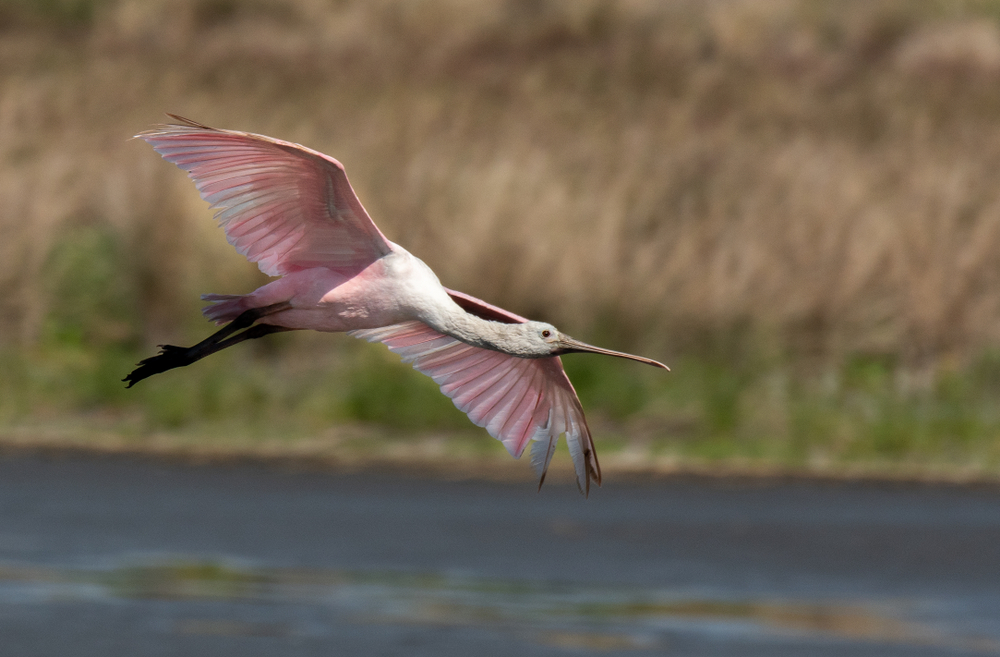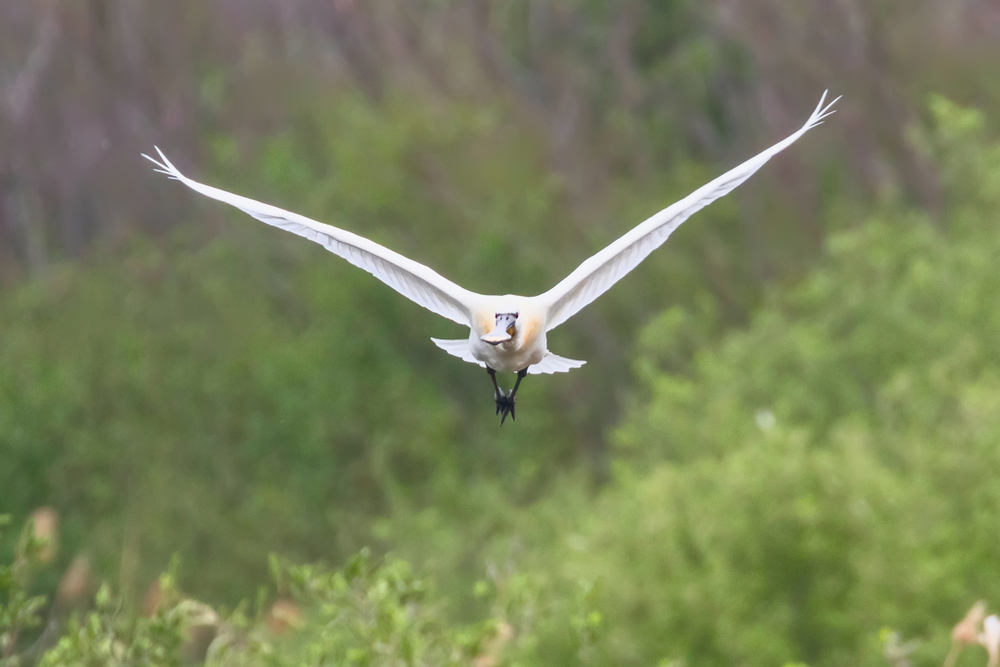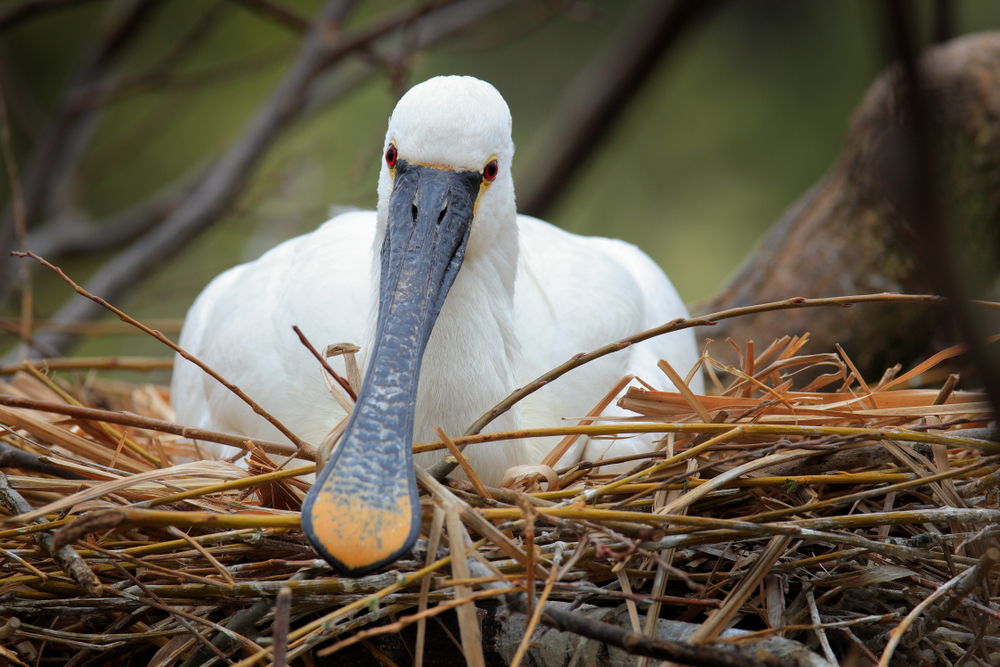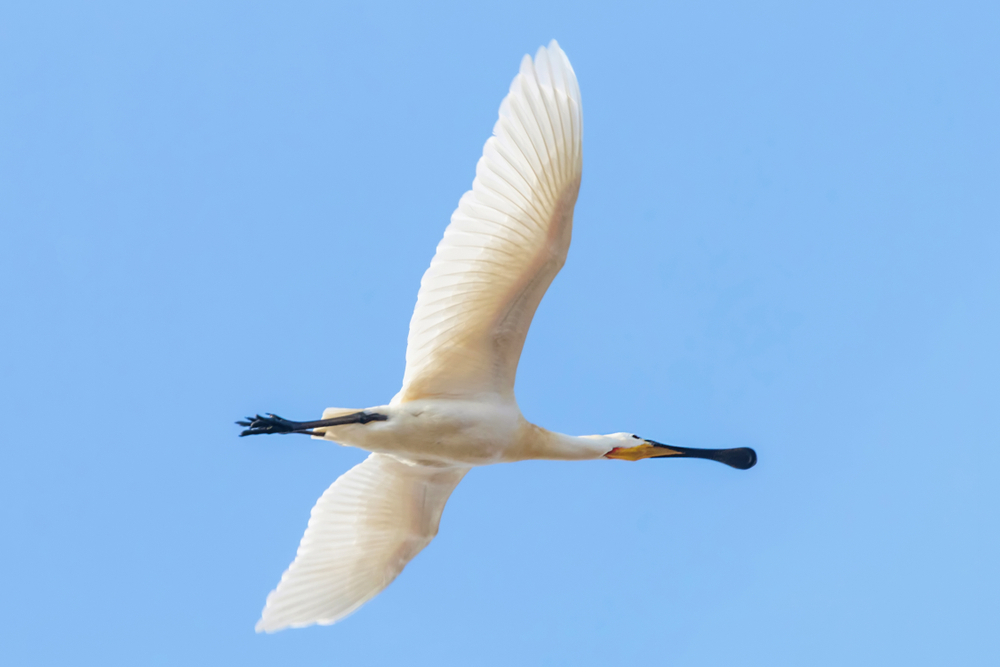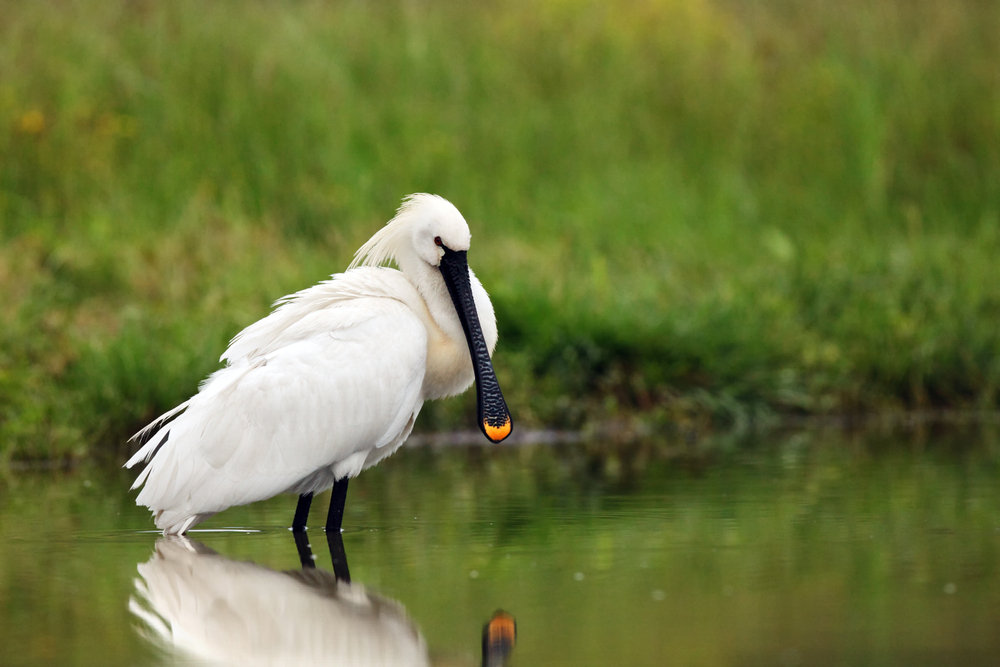About
The Spoonbill, scientifically known as Platalea, belongs to the Animal Kingdom’s phylum Chordata and class Aves. It is part of the Threskiornithidae family, which also includes ibises and herons. Spoonbills are wading birds known for their distinctive spoon-shaped bills, which they use to forage for food in shallow waters.
These birds have a unique appearance, with long legs and necks, and a wide wingspan. Their plumage varies depending on the species, ranging from white to pinkish hues. Spoonbills inhabit wetlands, marshes, and coastal areas across the world, where they feed on small aquatic invertebrates, fish, and crustaceans.
Spoonbills are highly social birds, often found in large flocks during the breeding season. They engage in elaborate courtship displays, including bill duels and aerial acrobatics, to attract mates. Nesting colonies are established in trees or shrubs near water bodies, where females lay clutches of eggs in shallow nests made of sticks and vegetation.
Conservation Concerns
Spoonbills face several conservation concerns, primarily habitat loss and degradation due to human activities such as urbanization, agriculture, and pollution. Wetland destruction and drainage reduce suitable nesting and foraging habitats for these birds, leading to population declines.
Additionally, disturbances from human activities, such as recreational boating and tourism, can disrupt breeding and feeding behaviors, further impacting Spoonbill populations. Climate change also poses a threat, altering the availability of food sources and affecting nesting sites.
Several species of Spoonbills are listed as “Vulnerable” or “Near Threatened” on the IUCN Red List due to these conservation concerns. Conservation efforts focus on habitat conservation and restoration, protected area management, and research to better understand the ecology and behavior of Spoonbills. Public awareness and community engagement are also essential for the conservation of these iconic wetland birds.
Physical Characteristics
Spoonbills are a group of wading birds belonging to the family Threskiornithidae, which also includes the ibises. There are six species of spoonbills, and they are found in various parts of the world, including Europe, Asia, Africa, Australia, and the Americas. The most distinctive feature of spoonbills is their spoon-shaped bill, which they use to forage for food in shallow waters. Here, we’ll focus on the general physical characteristics common to spoonbills, with specific references to the Roseate Spoonbill (Platalea ajaja) as a representative example where applicable.
Size
- Body Length: Spoonbills typically measure between 24 to 32 inches (60 to 81 centimeters) in length, from the tip of the bill to the end of the tail.
- Wingspan: They have a wingspan ranging from 47 to 57 inches (120 to 145 centimeters), which aids in their graceful flight.
- Weight: The weight of spoonbills can vary between 2.6 to 4.4 pounds (1.2 to 2 kilograms), with some variation across different species and individuals.
Physical Characteristics
- Bill: The most notable feature is their long, flat, spoon-shaped bill, which is used to sweep through shallow water to catch small fish, crustaceans, and other invertebrates. The bill is wider at the tip and narrows towards the base.
- Body Shape: Spoonbills have a stocky body with long legs, enabling them to wade through shallow waters. Their neck is long and somewhat flexible, allowing them to dip their bill into the water while foraging.
- Plumage: The plumage of spoonbills can vary by species. The Roseate Spoonbill, for example, is known for its striking pink coloration, which ranges from pale pink to bright magenta, depending on age, location, and diet. Other species might have predominantly white plumage with some colored markings.
- Legs and Feet: They have long, thin legs with webbed feet, ideal for wading through water. The legs can be various colors, including pink, black, or yellow, depending on the species.
- Eyes: Spoonbills have relatively small eyes positioned on either side of their head, providing them with a broad field of vision necessary for spotting predators and prey.
Behavior and Adaptations
- Feeding: Spoonbills feed by wading through shallow waters, moving their bills side to side with the bill slightly open to catch food. They rely on touch rather than sight to detect prey due to the murky water they often forage in.
- Flight: In flight, spoonbills extend their necks forward and legs backward, creating a distinctive silhouette. They are strong fliers and can travel long distances.
- Habitat: Spoonbills inhabit a variety of wetland habitats, including estuaries, saltwater lagoons, and freshwater marshes, where shallow waters abound.
- Social Behavior: They are generally social birds, often found in groups while feeding, flying, or roosting. Some species form large colonies during the breeding season.
The unique feeding behavior, distinctive bill shape, and, in some species, vibrant plumage make spoonbills interesting and visually striking birds within their ecosystems. Their presence is often an indicator of the health of wetland environments.
Reproduction
The reproductive cycle of spoonbills, characterized by their distinctive spoon-shaped bills and unique feeding behaviors, involves several key stages:
Breeding Season: Spoonbills typically breed during the spring and summer months, although the exact timing can vary depending on the species and geographic location. Breeding colonies, known as rookeries, are established in suitable wetland habitats, such as marshes, swamps, and coastal areas.
Courtship Displays: During the breeding season, male spoonbills engage in elaborate courtship displays to attract females. These displays often involve visual cues, such as wing flapping, bill clattering, and head bobbing, as well as vocalizations and ritualized movements.
Nest Building: Once pair bonds are established, spoonbills begin building nests in trees, shrubs, or on the ground, depending on the species and habitat availability. Nest construction involves gathering twigs, branches, and other plant materials to form a sturdy platform for the eggs.
Egg Laying: Female spoonbills typically lay a clutch of 2 to 5 eggs, although clutch size may vary among species and individuals. The eggs are usually incubated by both parents, who take turns sitting on the nest to keep the eggs warm and protected from predators.
Incubation Period: The incubation period for spoonbill eggs lasts approximately 21 to 24 days, during which time the parents diligently care for the eggs, regulating their temperature and humidity levels. Incubation behavior may involve adjusting the nest, rotating the eggs, and occasionally leaving the nest to forage for food.
Hatching and Chick Rearing: After the incubation period, the eggs hatch, and the downy chicks emerge. Spoonbill chicks are altricial, meaning they are born helpless and dependent on their parents for food and protection. Both parents participate in feeding the chicks regurgitated food, typically consisting of small fish, crustaceans, and invertebrates.
Fledging and Independence: As the chicks grow, they develop flight feathers and become increasingly independent. Fledging, or the first flight, occurs approximately 6 to 7 weeks after hatching. After fledging, young spoonbills continue to receive parental care and guidance as they learn to forage and navigate their environment.
Dispersal and Migration: Once the young spoonbills are capable of flight, they gradually disperse from the breeding colony and begin their first migration. Spoonbills may migrate hundreds or even thousands of miles to reach wintering grounds with suitable feeding habitats and milder climates.
Understanding the reproductive cycle of spoonbills is essential for their conservation and management, as it provides insights into population dynamics, breeding success, and the factors influencing their reproductive success in wetland ecosystems. Conservation efforts aimed at protecting breeding colonies, preserving wetland habitats, and mitigating threats such as habitat loss and disturbance can help ensure the long-term survival of spoonbill populations.
Spoonbill
Spoonbills are distinctive wading birds known for their unique spoon-shaped bills, which they use to sift through mud and shallow water to catch prey. They belong to the family Threskiornithidae and are found in various wetland habitats worldwide, including marshes, swamps, and coastal areas. Spoonbills are renowned for their elegant appearance and are often admired by birdwatchers and nature enthusiasts. Here’s an overview of their lifespan and the threats they face:
Lifespan in the Wild: The lifespan of spoonbills in the wild varies depending on factors such as species, environmental conditions, and predation. On average, spoonbills can live up to 10 to 15 years in their natural habitats. However, some individuals may have shorter lifespans due to factors such as habitat loss, food availability, and competition with other species.
Lifespan in Captivity: Information on the lifespan of spoonbills in captivity is limited, as they are primarily wild birds and may not adapt well to captive environments. While some spoonbills may survive for extended periods in captivity under optimal conditions, others may struggle due to the challenges associated with replicating their natural habitat and meeting their specific dietary and behavioral needs.
Threats to the Spoonbill:
- Habitat Loss and Degradation: Spoonbills rely on wetland habitats for foraging, breeding, and roosting. However, wetlands worldwide face significant threats from human activities such as urbanization, agriculture, and infrastructure development. Habitat loss and degradation reduce the availability of suitable breeding and feeding grounds for spoonbills, impacting their survival and reproductive success.
- Pollution: Pollution of water bodies, including contamination from agricultural runoff, industrial discharge, and chemical pollutants, poses a significant threat to spoonbills. Pollution can affect water quality, reduce prey availability, and expose spoonbills to toxic substances, leading to adverse health effects and reproductive impairments.
- Human Disturbance: Human disturbances, such as recreational activities, tourism, and habitat encroachment, can disrupt spoonbill behavior, nesting activities, and foraging patterns. Constant disturbances may cause stress, abandonment of nests, and reduced breeding success among spoonbill populations.
- Climate Change: Climate change poses challenges to spoonbills and their habitats. Rising temperatures, changing precipitation patterns, and sea-level rise can alter wetland ecosystems, affecting food availability and nesting sites. Climate-related events such as storms and droughts may also directly impact spoonbill populations and their breeding success.
- Hunting and Poaching: In some regions, spoonbills are hunted for their meat, feathers, or eggs. Illegal hunting and poaching can significantly reduce spoonbill populations, especially if conducted unsustainably without proper regulations and enforcement measures.
Conservation efforts focused on protecting and restoring wetland habitats, implementing sustainable land-use practices, reducing pollution, and raising awareness about the importance of spoonbills and their ecosystems are essential for safeguarding these iconic wading birds. Additionally, establishing protected areas, implementing conservation regulations, and conducting research to better understand spoonbill ecology and behavior can contribute to their long-term conservation and survival.
Eating Habits
Spoonbills are wading birds known for their distinctive spoon-shaped bills, which they use to forage for food in shallow water habitats. These birds belong to the family Threskiornithidae and are found in various regions around the world, including wetlands, marshes, and coastal areas.
Diet: Spoonbills are primarily carnivorous birds with a diet that consists mainly of aquatic invertebrates, small fish, crustaceans, amphibians, and aquatic insects. They are opportunistic feeders and will also consume plant matter such as algae, aquatic plants, and seeds if available.
Foraging Behavior: Spoonbills employ a unique feeding technique known as “tacto-location,” where they use their sensitive bill tips to detect prey in murky water. They sweep their bills from side to side in shallow water, feeling for prey items such as fish, crustaceans, and aquatic insects. Once prey is detected, spoonbills use their bills to scoop up food from the water or mud.
Habitat and Feeding Grounds: Spoonbills are commonly found in a variety of wetland habitats, including marshes, swamps, estuaries, and coastal lagoons. They prefer shallow water areas with abundant food resources, such as mudflats, tidal pools, and freshwater ponds. Spoonbills are often observed foraging along the edges of water bodies or in shallow marshes where they can easily access their prey.
Filter Feeding Adaptations: The unique shape of a spoonbill’s bill is well-suited for filter feeding. The broad, flattened bill allows spoonbills to sift through mud and water, filtering out prey items while retaining water and sediment. Tiny nerve endings in the bill tips help spoonbills detect the movements of prey, enabling them to efficiently locate and capture food in murky water.
Group Feeding Behavior: Spoonbills are social birds and may forage in groups, particularly during the breeding season or when food resources are abundant. Group feeding allows spoonbills to take advantage of the collective efforts of multiple individuals, increasing their chances of locating prey and maximizing foraging efficiency.
Seasonal Variation in Diet: The diet of spoonbills may vary seasonally based on factors such as food availability, habitat type, and breeding status. During the breeding season, spoonbills may consume more protein-rich foods such as fish and crustaceans to support the nutritional needs of nesting adults and their chicks. In contrast, during the non-breeding season, spoonbills may rely more on plant matter and small invertebrates.
Conservation Status: Spoonbills face threats from habitat loss, pollution, and disturbance from human activities. Conservation efforts focused on protecting and restoring wetland habitats are critical for the survival of spoonbill populations worldwide. Additionally, measures to mitigate the impacts of climate change and reduce human disturbances in key feeding areas are essential for ensuring the long-term viability of these iconic wading birds.
Uniqueness
Spoonbills are distinctive wading birds known for their unique bill shape, striking appearance, and specialized feeding behavior. Here are some key aspects that make spoonbills unique:
Physical Characteristics: Spoonbills are medium to large wading birds with long legs, a long neck, and a broad wingspan. Their most distinctive feature is their bill, which is long, flat, and spoon-shaped, giving them their name. The bill is sensitive and equipped with specialized nerve endings, allowing spoonbills to detect prey such as small fish, crustaceans, and insects in muddy or shallow water.
Plumage and Coloration: Spoonbills have striking plumage characterized by shades of pink, rose, or white, depending on their age, diet, and breeding condition. Their feathers are often tinged with hues of orange or red, particularly during the breeding season when their colors become more vibrant. Spoonbills also have bare skin patches around their eyes, which may change color depending on their mood or breeding status.
Habitat and Distribution: Spoonbills inhabit a variety of wetland habitats, including marshes, swamps, estuaries, and mudflats. They are found on every continent except Antarctica, with different species occurring in regions such as the Americas, Europe, Africa, and Asia. Spoonbills prefer shallow, brackish or freshwater habitats where they can wade and feed on aquatic prey.
Feeding Behavior: Spoonbills are specialized feeders that use their unique bill shape to sift through mud, shallow water, or vegetation to find prey. They sweep their bill from side to side in a semi-circular motion, capturing small fish, crustaceans, insects, and other invertebrates in their sensitive bill tips. Spoonbills may also engage in tactile feeding, probing the substrate with their bill to detect hidden prey.
Breeding and Nesting: Spoonbills are colonial nesters, often breeding in large colonies with other wading bird species such as herons and egrets. They build their nests in trees, shrubs, or on the ground, using sticks, reeds, and other plant materials to construct a platform. Females typically lay a clutch of 2 to 4 eggs, which are incubated by both parents for several weeks until they hatch. Both parents share in the responsibility of feeding and caring for the chicks until they fledge.
Social Behavior: Spoonbills are social birds that often forage and roost in groups, particularly during the non-breeding season. They may engage in communal nesting and breeding activities, with multiple pairs nesting in close proximity to one another. Spoonbills communicate with each other using a variety of vocalizations, body postures, and visual displays.
Conservation Status: While some species of spoonbills are relatively common and widespread, others are threatened by habitat loss, pollution, and human disturbance. Conservation efforts aimed at protecting and restoring wetland habitats are essential for ensuring the long-term survival of spoonbills and other wetland-dependent species.
Spoonbills’ unique bill shape, feeding behavior, and striking plumage make them charismatic and iconic birds of wetland habitats worldwide. Studying and conserving these birds can provide valuable insights into the ecology and conservation of wetlands and the broader importance of preserving biodiversity in freshwater and coastal ecosystems.
Related Family Species
Sources
- Britannica, Spoonbill, https://www.britannica.com/animal/spoonbill, retrieved March 2024.
- Burnie, David & Wilson, Don, Animal, Smithsonian Institute, Washington DC.
- Hickman et al, Integrated Principle of Zoology, McGraw Hill, Boston.
